Fruits & Vegetables Checking Guide
Fruits and Vegetables Checking Guide
See below for a full product listing of Fruits and Vegetables and how to check them for insects. The list is regularly updated so make sure to check back periodically for updates. The Introduction will give some background information and general checking methods.
Infestation levels change due to seasons, growing environments, global imports, and other factors; therefore, the cRc constantly reviews its policies and cleaning methodologies. The instructions noted below represent up-to-date information.Additionally, the cRc is proud to offer free hands-on home shiurim on how to check for insects. Please contact Rabbi Yisroel Langer at (773) 250-5483 or via email at [email protected] to arrange a shiur.
For the thrip cloth and other checking methods, click “Show More” below.
A word of caution: This guide is primarily directed towards those experienced in the inspection of produce for insects. If you have never done so in the past, the cRc does not recommend that you start on your own by just reading the guide and policy. Rather, wait until you’ve been given some hands-on direction and have become experienced enough and capable to do so. Furthermore, the actual insects may not be what you are expecting. They are not simple flies, roaches or spiders. Most of them are small and hard to find right away, due to their size and color, but are, nevertheless, forbidden to consume.
When we refer to a “cRc cleaning thrip-cloth method” the following procedure should be followed (to purchase a Thrip Cloth, click here):
Thrip-cloth Method (using a silk cloth) for lettuce (romaine, etc.):
You will need a large bowl, dish soap, 2 strainers, a thrip-cloth, and a light box.
- Separate the leaves and place them into a bowl of water.
- Put enough dish soap (a good choice would be Seventh Generation 0% fragrance) or kosher vegetable wash into the bowl until the water and leaves become somewhat slippery.
- Agitate and soak the leaves in the soapy water for 1- 2 minutes.
- Remove the leaves from the bowl, and discard the water.
- Repeat steps 2-4. Alternatively (instead of repeating steps 2-4) one can wash each leaf under running water (both sides) and then place leaves into a new bowl of soapy water.
- Place leaves into a bowl of fresh soapy water, and agitate for 1-2 minutes.
- Remove leaves and pour the water through a thrip-cloth (fine silk cloth that can be purchased from the cRc) that is sandwiched between 2 strainers.
- Check the cloth carefully on top of a ight box. If no insects are found, put the leaves back into plain water, soak and agitate for a minute, remove leaves, and enjoy. If an insect is found, repeat Steps 6-8. If insects are found after doing these procedures 3 times, the produce is overly infested and should be discarded.
Alternate Method if no thrip-cloth is available:
For large, flat leafy vegetables (does not include curly greens, such as kale):
1. Prepare a bowl of water and put in enough dish soap or kosher vegetable wash that the water feels somewhat slippery.
2. Separate the leaves from the heart and put them into the bowl.
3. Agitate the leaves for 1 minute.
4. Remove leaves from soapy water and discard the water. Gently rub all areas on both sides of every leaf with a sponge. This includes flattening the curled-up edges of the leaves so they can be scrubbed.
5. Rinse each leaf under a stream of water while running your fingers across the leaf to undo the folds.
6. Place the leaves into the second bowl of soapy water and repeat Steps #2-5. In this repetition there is no need to scrub the leaves with a sponge.
For small leaf vegetables such as parsley, cilantro and other herbs: Follow steps 2-5 of the thrip-cloth cleaning method. One may then check the water using a clear basin in bright light very carefully for insects. (Please note that a lot of time is needed when checking the water as the insects will be harder to see when floating in water). If there are insects found in the water, the process should be repeated until no insects are found in the water. Then three samples or batches of the vegetable must be checked and if no bugs are found, the remaining produce may be used without further checking.
Please note that we do not recommend the use of salt water or vinegar to properly remove insects from fruits and vegetables. Another important point is that many times one comes across a fruit or vegetable that is unusually infested with insects. This is especially true with most organic produce. If left with no choice, the only way organic or highly infested produce can be consumed is if the above mentioned “thrip-cloth method” is used and repeated until the produce is clean. If after three times there are still bugs on the cloth, either throw out the batch, or continue the thrip cloth method until you have clean cloths twice in a row. Finally, when discussing bagged lettuces below we are not recommending them for the Pesach season where there is an additional concern of non-Pesach ingredients used in the wash.
To see images of common insects, see here: https://consumer.crckosher.org/publications/insect-images/
Kosher Status by Product
LOADING...
| Brand | Item | Status | Search Keywords | Product Type | |
|---|---|---|---|---|---|
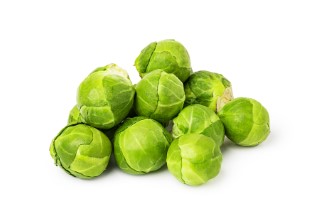 | Brussels Sprouts, canned | Requires Certification � | �5727851 | Vegetables | |
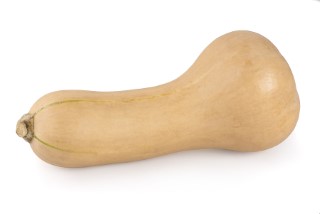 | Butternut Squash, fresh | Acceptable Without a Hechsher A general inspection is needed to rule out obvious infestation. | �5727852 | Vegetables | |
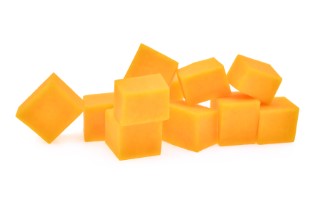 | Butternut Squash, frozen | Requires Certification Any Winter Squash (this is squash that must be cooked before eating) that is fully cooked requires hashgacha (due to the requirements of Bishul Yisroel). | �5727853 | Vegetables | |
 | Cabbage, fresh green | � Remove outer 4 leaves, and rinse the remaining leaves thoroughly (front and back) under a stream of water | �5727854 | Vegetables | |
 | Cabbage, pre-washed | Acceptable Without a Hechsher No further washing is required. | �5727855 | Vegetables | |
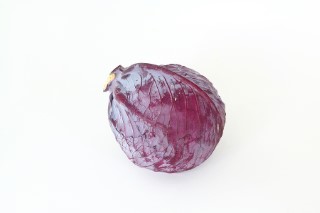 | Cabbage, red/purple | � Remove outer 4 leaves, and rinse the remaining leaves thoroughly (front and back) under a stream of water | purple cabbages5727857 | Vegetables | |
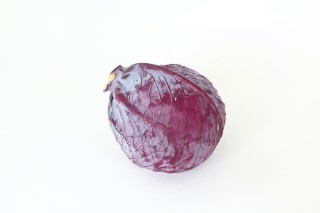 | Cabbage, red pre-washed | Acceptable Without a Hechsher No further washing is required | purple cabbages prewashed bagged5727858 | Vegetables | |
 | Cabbage, Napa | � Use cRc cleaning thrip-cloth method For details on this method, see here | �5727859 | Vegetables | |
 | Cabbage Slaw, pre washed | � Pre washed is acceptable without certification. No further washing is required | cole slaw5727860 | Vegetables | |
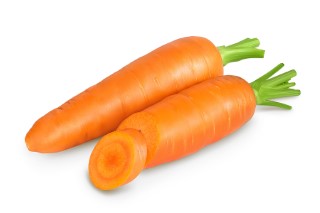 | Carrots, fresh | Acceptable Without a Hechsher Includes baby carrots. A general inspection is needed to rule out obvious infestation. | �5727861 | Vegetables | |
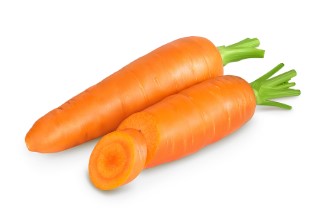 | Carrots, frozen | Acceptable Without a Hechsher � | �5727862 | Vegetables | |
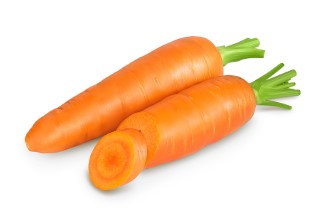 | Carrots, canned | Requires Certification � | �5727863 | Vegetables | |
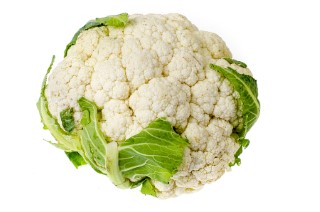 | Cauliflower, fresh | � May be pureed; see Pureeing Policy for details on pureeing. Alternatively, the washing and cleaning procedure for fresh cauliflower is as follows: 1. Remove green leaves from head. 2. Cut head into 8 pieces. 3. Prepare bowl of water mixed with vegetable wash. 4. Place (cut) cauliflower into bowl of water, and agitate for 30 seconds. 5. Remove cauliflower from
water. Check water using the thripcloth
method. For details on this method, see here | �5727864 | Vegetables | |
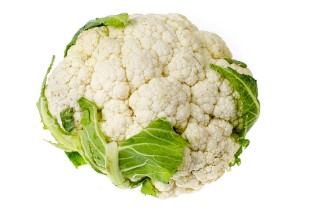 | Cauliflower, frozen | � May be pureed; see Pureeing Policy for details on pureeing.
If certified, no further checking is required. If not certified, it must be checked as one would check fresh cauliflower. For details on this method, see here | �5727865 | Vegetables | |
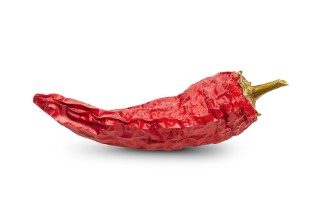 | Chili Peppers, dried | Acceptable Without a Hechsher � | �5727866 | Vegetables | |
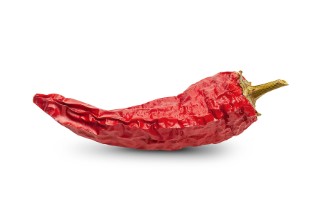 | Chili Peppers, canned or jarred | Requires Certification � | �5727870 | Vegetables | |
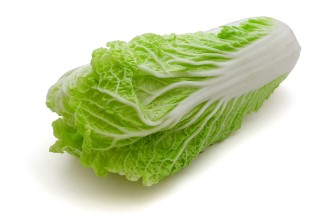 | Cabbage, Chinese (Napa Cabbage) | � Use cRc cleaning thrip-cloth method For details on this method, see here | �5727871 | Vegetables | |
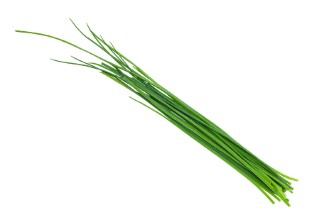 | Chives, fresh | � Use cRc cleaning thrip- cloth method For details on this method, see here | herbs, spices,5727872 | Herbs & Spices | |
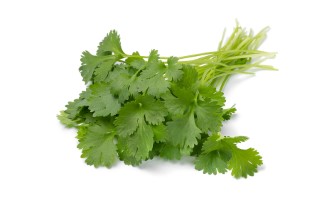 | Cilantro, fresh | � Use cRc cleaning thrip-cloth method For details on this method, see here | herbs, spices,5727873 | Herbs & Spices | |
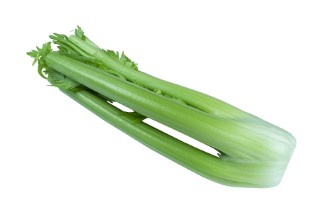 | Celery Stalks | � Non Organic - cut away and discard the leaves, then wash each stalk under a stream of water.
Organic - cut away and discard the leaves, place the stalks in a bowl of soapy water and then wash each stalk under a stream of water. | �5727874 | Vegetables | |
 | Collard Greens | � Use cRc cleaning thrip-cloth method For details on this method, see here | �5727875 | Vegetables | |
 | Corn, on the cob | � Remove the husk and rinse the corn. If corn looks infested, do not use. | �5727876 | Vegetables | |
 | Corn, canned | Requires Certification � | �5727877 | Vegetables | |
 | Corn, frozen | Acceptable Without a Hechsher Including corn on the cob | cob5727878 | Vegetables | |
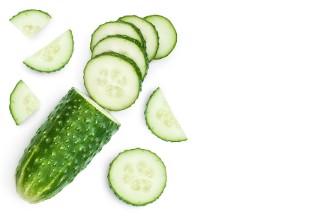 | Cucumbers | Acceptable Without a Hechsher A general inspection is needed to rule out obvious infestation. | �5727880 | Vegetables | |
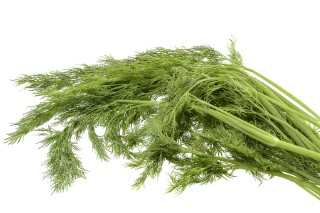 | Dill, fresh | � Use cRc cleaning thrip-cloth method For details on this method, see here | herbs, spices,5727881 | Herbs & Spices | |
 | Edamame, fresh (refrigerated) | Acceptable Without a Hechsher Includes with sea salt.
A general inspection is needed to rule out obvious infestation. | �5727882 | Vegetables | |
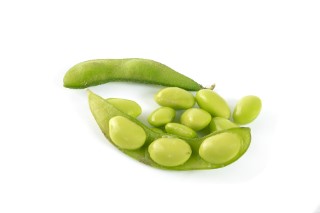 | Edamame, frozen | Acceptable Without a Hechsher Acceptable even if it is precooked, as long as the only other ingredient is salt. | IQF edamames, edammames, soybeans, edimames, edimamees5727883 | Vegetables | |
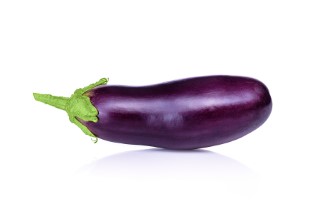 | Eggplant, raw | Acceptable Without a Hechsher A general inspection is needed to rule out obvious infestation | �5727884 | Vegetables | |
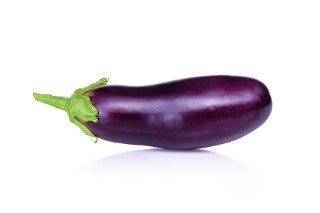 | Eggplant, jarred or canned | Requires Certification � | �5727885 | Vegetables | |
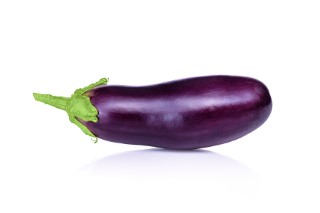 | Eggplant, pickled | Requires Certification � | �5727886 | Vegetables | |
 | Endives, Belgian, fresh | � Separate the leaves and wash each one individually under a stream of water. | �5727887 | Vegetables | |
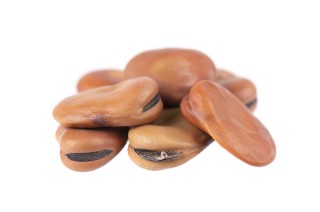 | Fava Beans, raw | � A general inspection is needed to rule out obvious infestation | �5727888 | Vegetables | |
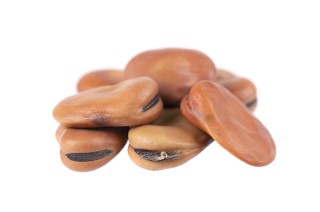 | Fava Beans, frozen | Acceptable Without a Hechsher � | �5727889 | Vegetables | |
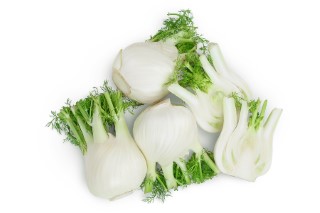 | Fennel | � Fennel Fronds - Check with the thrip cloth method.
Fennel Stalks - Wash each stalk under a stream of water.
Fennel Bulb - Either check carefully between each layer or wash each layer off individually. | frond, stalk, bulb5727891 | Vegetables | |
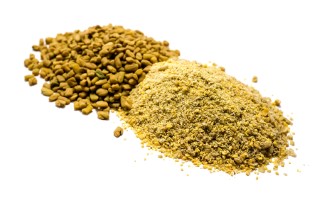 | Fenugreek | � Use cRc cleaning thrip- cloth method For details on this method, see here | �5727892 | Vegetables | |
 | Flowers, Non-Edible | Not Recommended � | garnish5727893 | Herbs & Spices | |
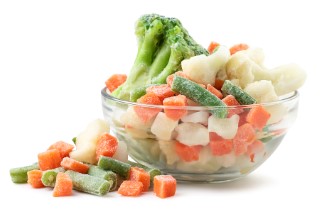 | Vegetables, frozen | � Certain vegetables require cleaning or checking to ensure there are no insects, and the same applies when they are in frozen form; consumers should check the status of the individual item (e.g. cauliflower, herbs, peas) for assistance with this. Aside from that issue, most frozen vegetables are acceptable even without certification with the following exceptions that require hashgachah: [a] Artichoke hearts, asparagus, broccoli, Brussels sprouts, potatoes, spinach, sweet potatoes, winter squash; [b] Those containing added ingredients such as color, flavor, oil, pasta, sauce, or spices; [c] Those which are packed in Israel. | �5727894 | Vegetables | |
 | Garlic, fresh | Acceptable Without a Hechsher Peel and rinse. | herbs, spices,5728115 | Vegetables | |
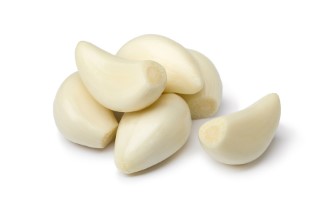 | Garlic, raw peeled | Acceptable Without a Hechsher � | herbs, spices,5728116 | Vegetables | |
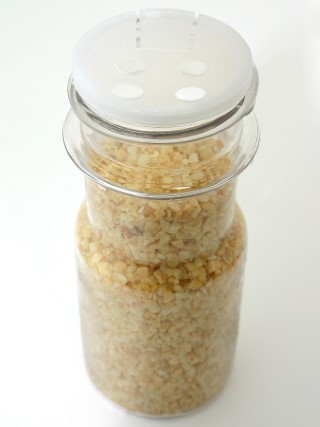 | Garlic, minced - canned or jarred | Requires Certification � | herbs, spices,5728117 | Herbs & Spices | |
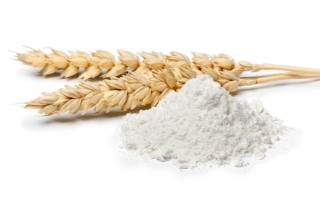 | Grains, raw dry | � Grains processed in the United States and most other countries are centrifuged to remove bugs. As long as grains are stored in cool and dry conditions they will remain bug-free for many months. For this reason, there is no need to check grains for insect infestation in the United States. Grains in another country or if you have reason to believe the beans may not have been stored properly may require further inspection for insects. | �5728118 | Vegetables | |
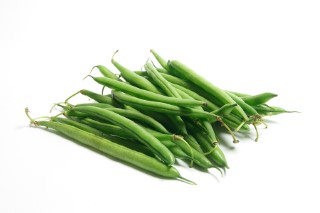 | Green Beans, fresh | Acceptable Without a Hechsher A general inspection is needed to rule out obvious infestation | �5728119 | Vegetables | |
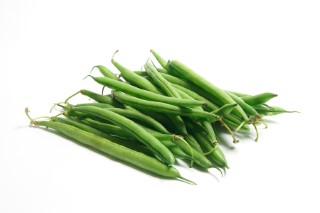 | Green Beans, frozen | Acceptable Without a Hechsher � | �5728120 | Vegetables | |
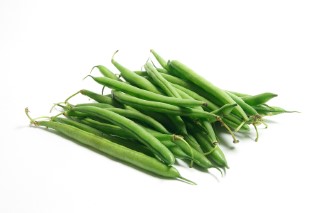 | Green beans, canned | Requires Certification � | �5728121 | Vegetables | |
 | Herbs | � Use cRc cleaning thrip-cloth method For details on this method, see here | herbs, spices,5728122 | Herbs & Spices | |
 | Horseradish, fresh | Acceptable Without a Hechsher A general inspection is needed to rule out obvious infestation | �5728123 | Vegetables | |
 | Horseradish, processed | Requires Certification � | �5728124 | Vegetables | |
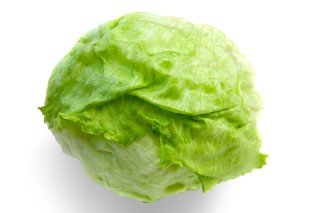 | Lettuce, iceberg pre-washed | � Needs proper certification. If not certified, use cRc cleaning thrip-cloth method, For details on this method, see here | bagged lettuces bagged saladss5728125 | Vegetables | |
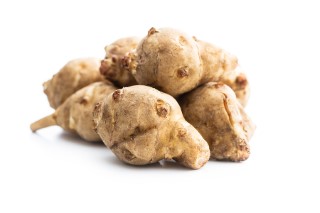 | Jerusalem Artichoke | Acceptable Without a Hechsher A general inspection is needed to rule out obvious infestation. | �5728126 | Vegetables | |
 | Jicama | Acceptable Without a Hechsher A general inspection is needed to rule out obvious infestation. | �5728127 | Vegetables | |
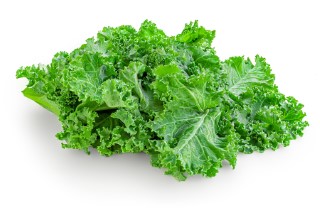 | Kale, fresh | � See Pureeing Policy for details on pureeing.
When not pureeing, use cRc cleaning thrip-cloth method. For details on this method, see here | �5728128 | Vegetables | |
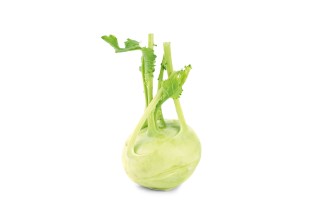 | Kohlrabi, fresh | Recommended No checking is needed. | �5728129 | Vegetables | |
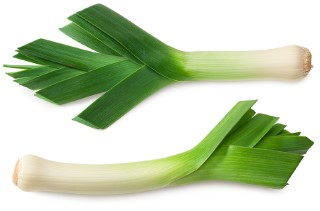 | Leek | Acceptable Without a Hechsher Separate each leaf. Place into soapy water, then wash each leaf individually under strong running water. | �5728130 | Vegetables | |
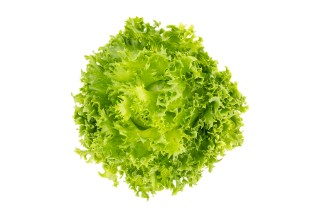 | Lettuce, including iceberg | � Use cRc cleaning thrip-cloth method For details on this method, see here | �5728131 | Vegetables | |
 | Mint | � Use cRc cleaning thrip-cloth method. Dried does not need a hechsher. Frozen requires a hechsher For details on this method, see here | herbs, spices,5728132 | Herbs & Spices | |
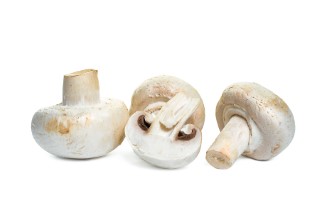 | Mushrooms, fresh | See Detail Standard (button) fresh mushrooms can be used after they are washed well. For portobello mushrooms, make sure the washing includes the fan area. For shitake mushrooms, wash each one individually under a strong stream of water. Oyster, porcini, and morel mushrooms are not recommended. | �5728133 | Vegetables | |
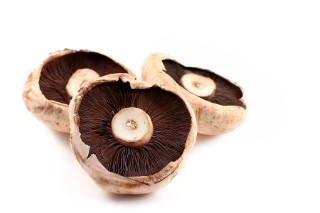 | Mushrooms, portobello | � Wash well before use, making sure to include the fan area. | portabella5728134 | Vegetables | |
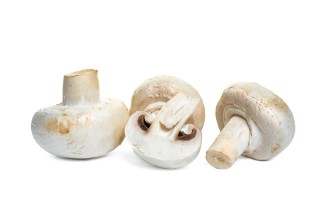 | Mushrooms, frozen | See Detail Standard (button) frozen mushrooms are acceptable without certification. This does not include oyster, porcini, and morel mushrooms which are not recommended. | �5728135 | Vegetables | |
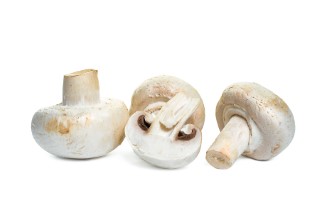 | Mushrooms, dried | See Detail Standard (button) and shiitake dried mushrooms are acceptable without certification. This does not include cordyceps, oyster, porcini, and morel mushrooms, which are not recommended. | �5728136 | Vegetables | |
 | Mushrooms, canned | Requires Certification � | �5728138 | Vegetables | |
 | Mustard Greens | � Use cRc cleaning thrip-cloth method For details on this method, see here | �5728139 | Vegetables | |
 | Nuts | � Unflavored raw nuts are acceptable without hashgachah, assuming there are no added sensitive ingredients. In this context, nuts which are merely blanched or pasteurized are considered raw. Any nuts which are roasted (dry roasted or oil roasted), cooked, boiled, flavored, colored, or have added kosher-sensitive ingredients, require a reliable hashgachah. | raw blanched salted dry roasted Flavored, colored oil roasted nuts5728140 | Nuts & Seeds | |
 | Nori Seaweed | Requires Certification Due to reports of that non-kosher crustaceans are occasionally being mixed into plain nori sheets, as well as shared oven lines with non-kosher product, the cRc recommends only buying Nori with a reliable kosher symbol. As the nori sheets will have a reliable symbol there is no longer a need to check each sheet against the light for insects. | sea weed seeweed5728141 | Vegetables | |
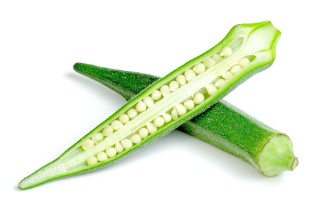 | Okra, fresh | Acceptable Without a Hechsher A general inspection is needed to rule out obvious infestation. | �5728142 | Vegetables | |
 | Okra, frozen | Acceptable Without a Hechsher � | �5728143 | Vegetables | |
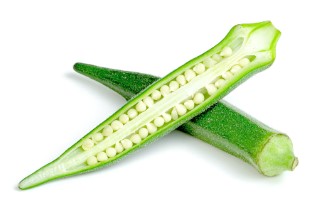 | Okra, canned | Requires Certification � | �5728144 | Vegetables | |
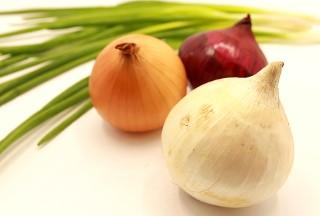 | Onions, freeze dried | Requires Certification � | �5728145 | Vegetables | |
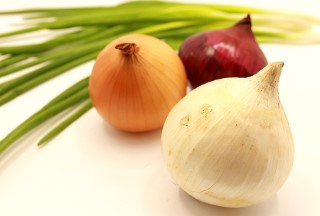 | Onions, canned | Requires Certification � | �5728146 | Vegetables | |
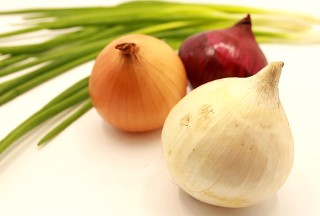 | Onions, all varieties fresh | Acceptable Without a Hechsher Cut off both ends of the onion. If the layers of onion are tightly packed, then peel first layer of the onion or wash well. If the layers of onion are loose, wash each layer. | �5728147 | Vegetables | |
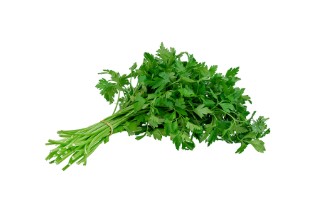 | Parsley, fresh | � Use cRc cleaning thrip-cloth method For details on this method, see here | herbs, spices,5728149 | Herbs & Spices | |
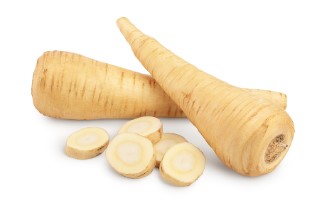 | Parsnip, fresh | Acceptable Without a Hechsher A general inspection is needed to rule out obvious infestation. | �5728150 | Vegetables | |
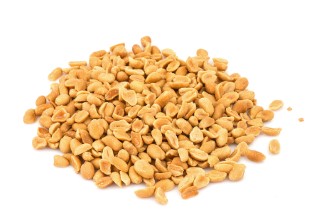 | Peanuts | � Unflavored raw nuts are acceptable without hashgachah, assuming there are no added sensitive ingredients. In this context, nuts which are merely blanched or pasteurized are considered "raw". Any nuts which are roasted (dry roasted or oil roasted), cooked, boiled, canned, flavored, colored, or have added kosher-sensitive ingredients, require a reliable hashgachah. | �5728151 | Nuts & Seeds | |
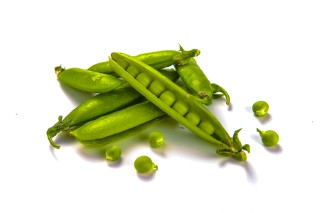 | Peas, plain, frozen | Acceptable Without a Hechsher � | �5728152 | Vegetables | |
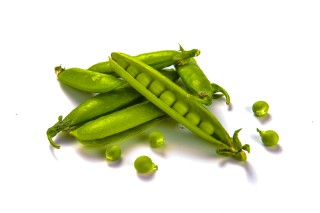 | Peas & Pea pods, canned | Requires Certification � | �5728153 | Vegetables | |
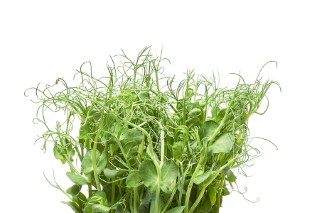 | Pea sprouts | Acceptable Without a Hechsher A general inspection is needed to rule out obvious infestation. | �5728154 | Vegetables | |
 | Peppers, fresh | See Detail All bell peppers must have the crown/stem area removed and the rest of the outside of the pepper be rinsed and rubbed (especially in the grooves) under running water. This is true for mini peppers as well. They may not be roasted whole. The crown/stem area must be chopped off, and then washed and rubbed very well.
Hot peppers may be used after a general inspection to rule out obvious infestation.
Be alert for peppers from Israel, which require separation of terumah and ma'aser. | �5728155 | Vegetables | |
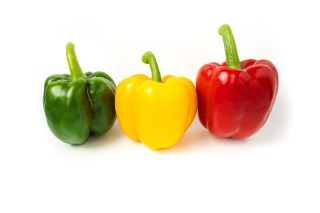 | Peppers, canned or jarred | Requires Certification � | �5728156 | Vegetables | |
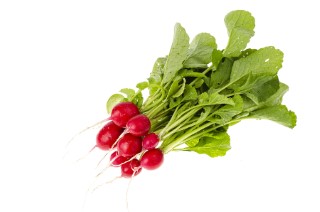 | Radish, raw | Acceptable Without a Hechsher A general inspection is needed to rule out obvious infestation. Pre-cut acceptable as long as there are no other ingredients. | �5728157 | Vegetables | |
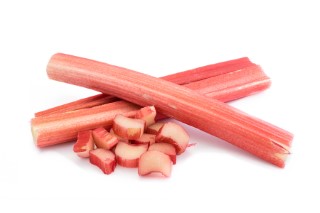 | Rhubarb, raw | Acceptable Without a Hechsher Must be washed and checked well, especially around the bottom of the stalk and around the leaves. | �5728159 | Vegetables | |
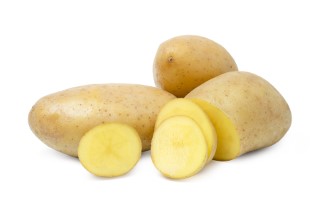 | Potatoes, raw | Acceptable Without a Hechsher Raw potatoes - such as those which one buys in a fruit store - are acceptable without certification. All other forms of potatoes require certification. | �5728160 | Vegetables | |
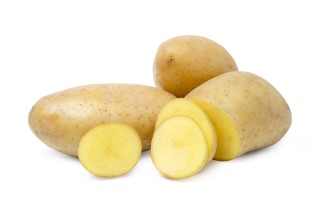 | Potatoes, frozen, canned, instant, dehydrated, potato starch and potato flour | Requires Certification � | �5728161 | Vegetables | |
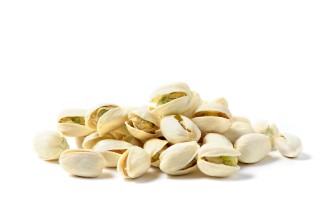 | Pistachio Nuts | � A general inspection is needed to rule out insect infestation. Unflavored raw nuts are acceptable without hashgachah, assuming there are no added sensitive ingredients. In this context, nuts which are merely blanched or pasteurized are considered "raw". Any nuts which are roasted (dry roasted or oil roasted), cooked, boiled, canned, flavored, colored, or have added kosher-sensitive ingredients, require a reliable hashgachah. | �5728162 | Nuts & Seeds | |
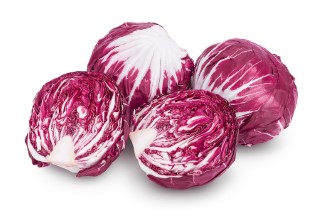 | Radicchio | � Use cRc cleaning thrip-cloth method For details on this method, see here | �5728163 | Vegetables | |
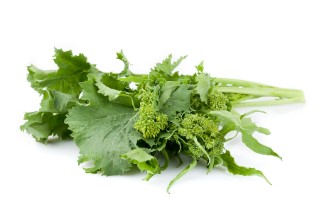 | Rapini | � The leaves must be washed using the cRc cleaning thrip-cloth method. The broccoli like buds are too dificult to check and should not be used. For details on this method, see here | �5728164 | Vegetables | |
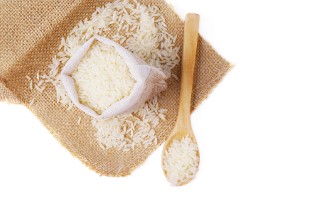 | Rice, Raw Dry, or Parboiled | � A general inspection is needed to rule out obvious infestation. (Midwest Only - for other locations, contact your local kashrus agency.) Raw dry or parboiled is acceptable without hashgachah if there are no kosher-sensitive ingredients. Rice with added kosher sensitive ingredients, as well as all canned, cooked, quick and instant rice requires a reliable hashgacha. | instant rice5728165 | Vegetables | |
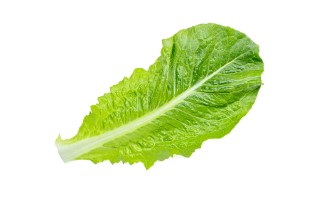 | Lettuce, romaine, not pre-washed | � Use cRc cleaning thrip-cloth method. For Romaine non-organic hearts, the following alternative method may be utilized:
1) Separate the leaves from the hearts, place them in a bowl of soapy water and agitate for approximately one minute.
2) Remove lettuce from the soapy water and gently rub all areas of both sides of the leaves with a sponge (this includes flattening the curled up edges so that they can be scrubbed).
3) Rinse each leaf under running water, front and back, while running your fingers across the entire leaf to undo the folds.
4) Start again, by putting the lettuce back into a fresh bowl of soapy water and agitate the leaves for about a minute.
5) Rinse each leaf under running water, front and back.
If this alternative method is not convenient, utilize the cRc cleaning thrip-cloth method. For details on this method, see here | �5728166 | Vegetables | |
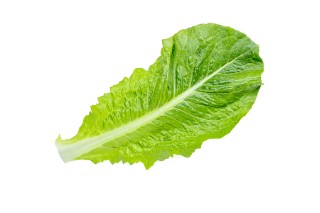 | Lettuce, romaine, pre-washed | � Use cRc cleaning thrip-cloth method. For details on this method, see here | �5728167 | Vegetables | |
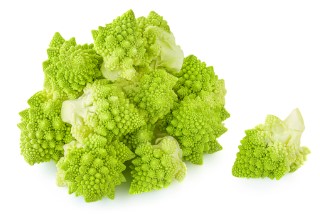 | Romanesco Broccoli | � The washing and cleaning procedure for fresh Romanesco Broccoli is as follows: 1. Remove green leaves from head. 2. Cut head into 8 pieces. 3. Prepare bowl of water mixed with vegetable wash. 4. Place (cut) Romanesco Broccoli into bowl of water, and agitate for 30 seconds. 5. Remove Romanesco Broccoli from water. Check water
using the thrip-cloth method. Canned or jarred needs a reliable hashgacha. For details on this method, see here | brocoli, broccolli, broccoli, brocolli5728168 | Vegetables | |
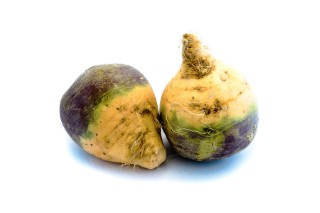 | Rutabaga, raw | Acceptable Without a Hechsher A general inspection is needed to rule out obvious infestation. | �5728170 | Vegetables | |
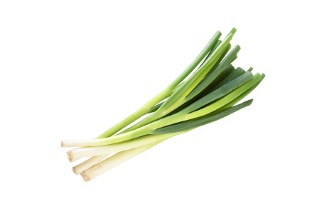 | Scallions (green onions), raw | See Detail Check for leafminers on the tubes/stems. If a leafminer trail is found, then remove the entire trail.
Dice the entire scallion into small pieces. Place into a bowl of water with a little bit of soap (or vegetable wash), and agitate for approximately 30 seconds. Pour into a strainer and rinse.
Alternatively, slice the entire scallion across its length, and check carefully for insects. | �5728171 | Vegetables | |
 | Seeds | � A general inspection is needed to rule out obvious infestation. All raw and/or dry roasted seeds without any added kosher sensitive ingredients such as colors, flavors or oils are acceptable even without hashgacha. | �5728172 | Nuts & Seeds | |
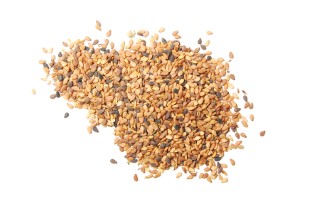 | Sesame Seeds | � A general inspection is needed to rule out obvious infestation. All raw and/or dry roasted seeds without any added kosher sensitive ingredients such as colors, flavors or oils are acceptable even without hashgacha. | �5728173 | Nuts & Seeds | |
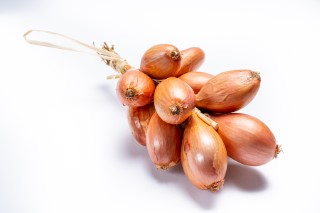 | Shallots, peeled and washed | Acceptable Without a Hechsher A general inspection is needed to rule out obvious infestation | �5728174 | Vegetables | |
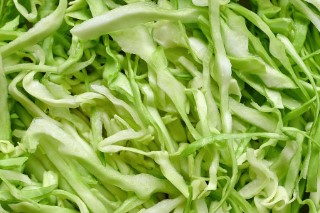 | Slaw mix, pre-washed | Acceptable Without a Hechsher A general inspection is needed to rule out obvious infestation | cole slaw5728175 | Vegetables | |
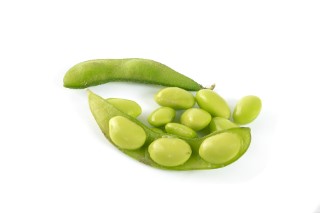 | Soybeans, raw | Acceptable Without a Hechsher A general inspection is needed to rule out obvious infestation | �5728176 | Vegetables | |
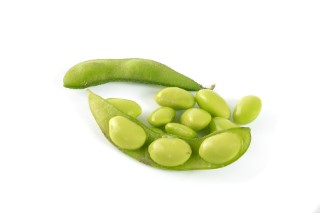 | Soybeans, frozen | Acceptable Without a Hechsher � | �5728177 | Vegetables | |
 | Spinach, fresh | � Use cRc cleaning thrip-cloth method For details on this method, see here | �5728178 | Vegetables | |
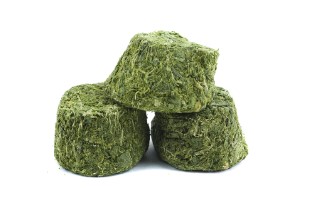 | Spinach, frozen | Requires Certification It is very impractical and close to impossible for the average consumer to properly check frozen spinach. Therefore, only product with a reliable hashgacha may be used. | �5728180 | Vegetables | |
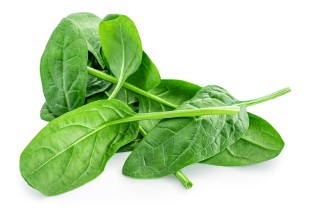 | Spinach, pre-washed | � Use cRc cleaning thrip-cloth method For details on this method, see here | �5728181 | Vegetables | |
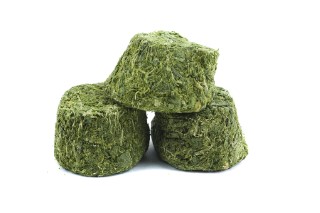 | Spinach, canned | Requires Certification � | �5728182 | Vegetables | |
 | Lettuce, spring mix | � Use cRc cleaning thrip-cloth method For details on this method, see here | �5728184 | Vegetables | |
 | Lettuce, spring mix, pre-washed | � Use cRc cleaning thrip-cloth method For details on this method, see here | �5728185 | Vegetables | |
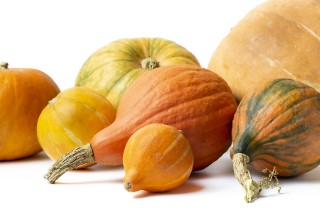 | Squash, fresh | Acceptable Without a Hechsher A general inspection is needed to rule out obvious infestation | �5728186 | Vegetables | |
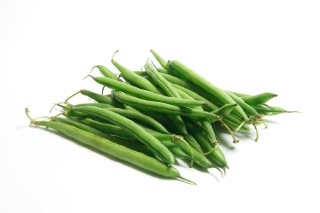 | String beans, fresh | Acceptable Without a Hechsher A general inspection is needed to rule out obvious infestation | �5728187 | Vegetables | |
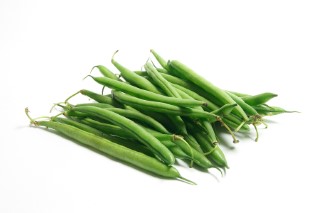 | String beans, canned | Requires Certification � | �5728188 | Vegetables | |
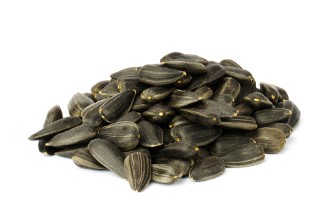 | Sunflower seeds | Acceptable Without a Hechsher A general inspection is needed to rule out obvious infestation. All raw and/or dry roasted seeds without any added kosher sensitive ingredients such as colors, flavors or oils are acceptable even without hashgacha. | �5728189 | Nuts & Seeds | |
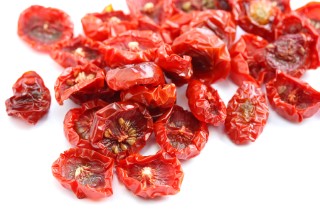 | Tomatoes, sun-dried | Acceptable Without a Hechsher Does not require hashgacha if there are no added kosher sensitive ingredients. | sundried tomatoes dry sundreid tomatos sun-dried tomatos5728190 | Vegetables | |
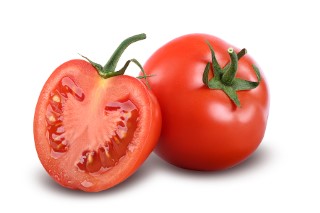 | Tomatoes, canned or jarred | Requires Certification All jarred and canned tomato products need a reliable hashgacha. | tomatos canned tomatoes tomato sauce tomato paste5728192 | Vegetables | |
 | Tomatoes, fresh | Acceptable Without a Hechsher A general inspection is needed to rule out obvious infestation | tomatos fresh5728193 | Vegetables | |
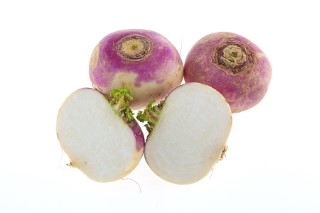 | Turnip, raw | Acceptable Without a Hechsher A general inspection is needed to rule out obvious infestation | �5728194 | Vegetables | |
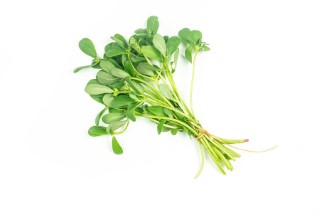 | Verdolagas, pre-washed (Mexican Parsley) | � Use cRc cleaning thrip-cloth method For details on this method, see here | �5728195 | Vegetables | |
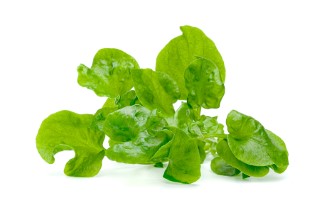 | Watercress | � Use cRc cleaning thrip-cloth method For details on this method, see here | �5728196 | Vegetables | |
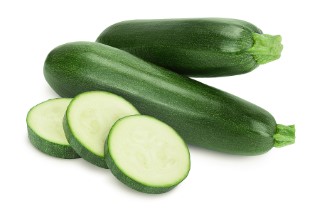 | Zucchini, fresh (Summer Squash) | Acceptable Without a Hechsher A general inspection is needed to rule out obvious infestation | �5728197 | Vegetables | |
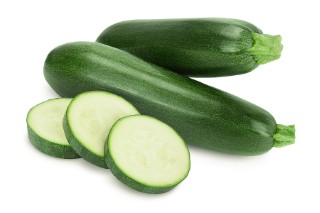 | Zucchini, frozen | Acceptable Without a Hechsher � | �5728198 | Vegetables | |
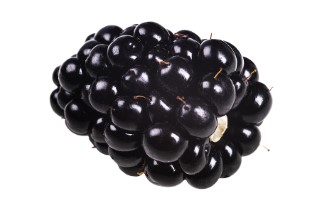 | Blackberries, fresh | Not Recommended See Pureeing Policy for details on pureeing. | �5728199 | Fruits | |
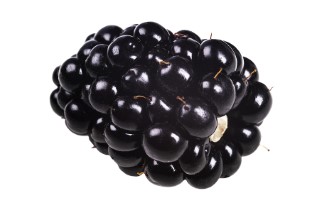 | Blackberries, frozen | See Detail Non-organic store-bought plain frozen blackberries may only be purchased for purposes of blending thoroughly, to produce smoothies and the like. See Pureeing Policy for details on pureeing. | �5728200 | Fruits | |
 | Blackberries, canned | Requires Certification � | �5728201 | Fruits | |
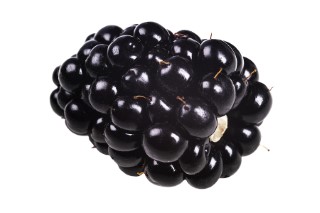 | Blackberries, dried | Requires Certification Would need to be checked for insect infestation. | �5728203 | Fruits | |
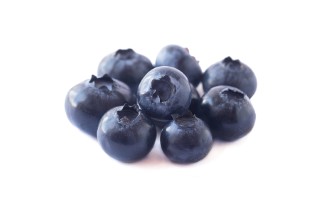 | Blueberries, fresh | � Agitate the blueberries in soapy water for a minute, and then agitate one more time in plain water. This does not apply to organic and u-pick blueberries which can be pureed (see Pureeing Policy for details on pureeing) or require the thrip cloth method. For details on this method, see here | �5728204 | Fruits | |
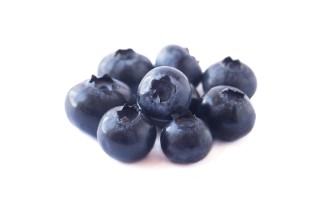 | Blueberries, frozen | Acceptable Without a Hechsher Frozen blueberries, without any kosher sensitive ingredients added, are acceptable without certification. Organic frozen blueberries are only recommended if being pureed. See Pureeing Policy for details on pureeing. | �5728205 | Fruits | |
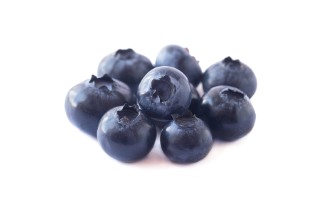 | Blueberries, canned | Requires Certification � | �5728206 | Fruits | |
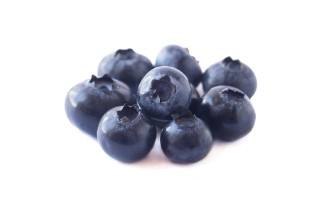 | Blueberries, dried | Requires Certification � | �5728207 | Fruits | |
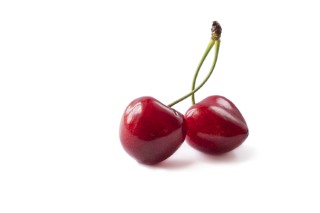 | Cherries, dried | Requires Certification Does not need to be checked for insect infestation. | �5728208 | Fruits | |
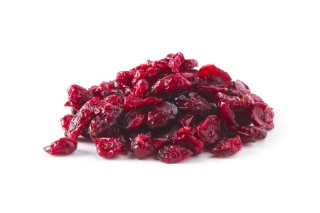 | Cranberries, dried | Requires Certification Does not need to be checked for insect infestation. | �5728209 | Fruits | |
 | Currants, dried | Requires Certification Does not need to be checked for insect infestation. | �5728210 | Fruits | |
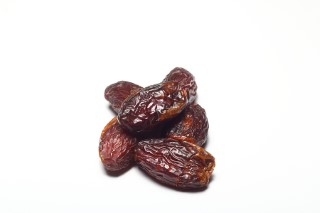 | Dates, fresh | Acceptable Without a Hechsher Slice open each date, and check for worms and beetles inside. | �5728211 | Fruits | |
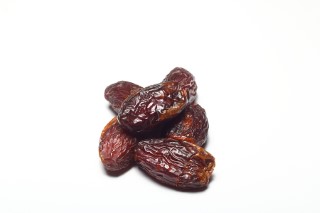 | Dates, dried | � With no additional flavors, dates are acceptable even without a hechsher. Slice open each date, and check for worms and beetles inside. | pitted dates domestic foreign non-domestic dates5728212 | Fruits | |
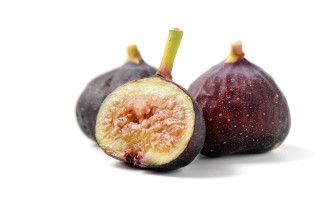 | Figs, fresh | Acceptable Without a Hechsher Slice open a handful from the container and check inside. If no insects are found the rest may be eaten without checking. This applies to all figs (domestic, etc.) | �5728213 | Fruits | |
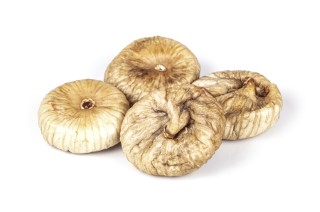 | Figs, dried | Acceptable Without a Hechsher Slice lengthwise. Check for wasps (black-ish appearance) and worms | �5728214 | Fruits | |
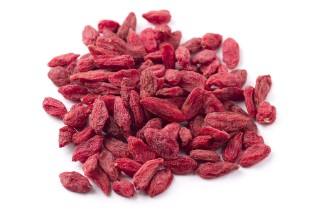 | Goji Berries, dried | Not Recommended � | �5728215 | Fruits | |
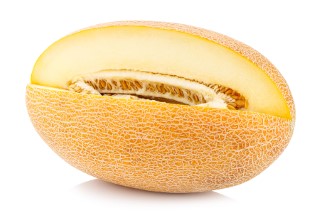 | Melons | Acceptable Without a Hechsher A general inspection is needed to rule out obvious infestation | �5728216 | Fruits | |
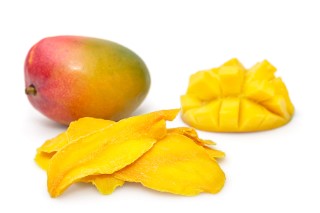 | Mango, dried | � Plain organic dried mango with no additional flavors and no kosher-sensitive ingredients is acceptable without certification. Does not need to be checked for insect infestation. Non-organic requires reliable certification. | �5728217 | Fruits | |
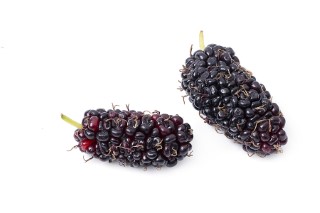 | Mulberries, fresh or dried | Not Recommended � | �5728218 | Fruits | |
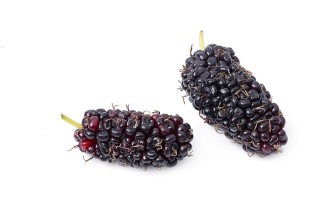 | Mulberries, frozen | � Store-bought frozen mulberries may only be purchased for purposes of blending thoroughly, to produce smoothies and the like. | mullberries5728219 | Fruits | |
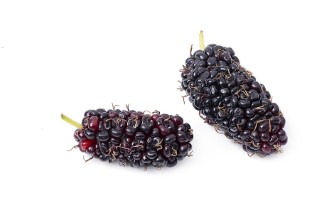 | Mulberries, canned | Requires Certification � | �5728220 | Fruits | |
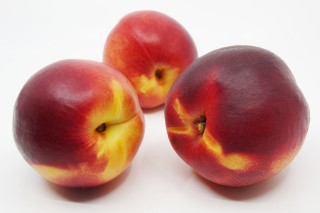 | Nectarines, dried | Acceptable Without a Hechsher With no added flavors. Does not need to be checked for insect infestation | �5728221 | Fruits | |
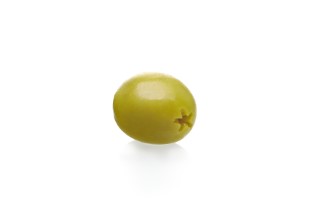 | Olives, canned | Requires Certification � | �5728222 | Fruits | |
 | Papaya, dried | Requires Certification Does not need to be checked for insect infestation | �5728224 | Fruits | |
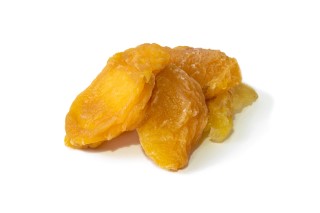 | Peaches, dried | Acceptable Without a Hechsher With no added flavors. Does not need to be checked for insect infestation | �5728225 | Fruits | |
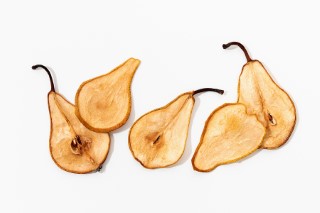 | Pears, dried | Acceptable Without a Hechsher With no added flavors. Does not need to be checked for insect infestation | �5728226 | Fruits | |
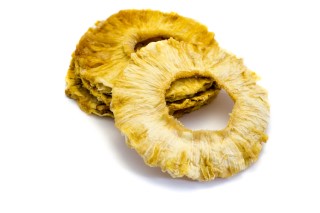 | Pineapple, dried | Acceptable Without a Hechsher With no added flavors. Does not need to be checked for insect infestation | �5728227 | Fruits | |
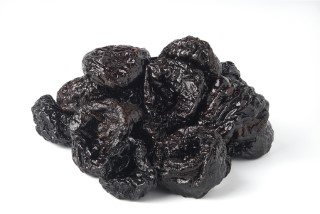 | Prunes | Acceptable Without a Hechsher With no added flavors. Does not need to be checked for insect infestation | �5728228 | Fruits | |
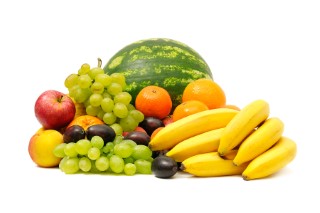 | Fruits, frozen or canned | � Canned, jarred and frozen fruit are acceptable without certification if (a) they only contain fruit, sugar, ascorbic acid, malic acid, and/or citric acid, and (b) are not from Israel or China. Accordingly, those which contain flavors, colors, carmine, fruit juice, grape juice, or other sensitive additives, must bear a reliable kosher certification. Canned olives are an exception. See Olives. Non-organic frozen raspberries, blackberries, and mulberries can only be used if pureed. Frozen Strawberries are also an exception. See Strawberries, frozen | mango, peaches, pineapples, cherry, cherries, mangos, mangoes, passionfruit, blueberries, blueberry5728229 | Fruits | |
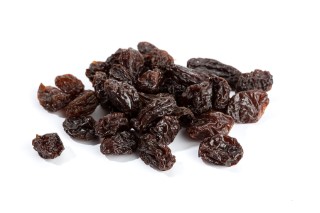 | Raisins, domestic | Acceptable Without a Hechsher All domestic are acceptable even without a hechsher, unless they are oil treated or flavored. Does not need to be checked for insect infestation. | raisins sun maid sunmaid sunmade dole raisons raisens roma5728230 | Fruits | |
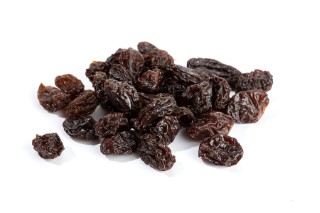 | Raisins, foreign | Requires Certification Does not need to be checked for insect infestation | raisins sun maid sunmaid sunmade dole raisons raisens roma5728231 | Fruits | |
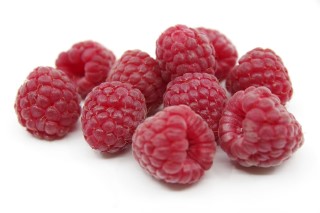 | Raspberries, fresh | Not Recommended See Pureeing Policy for details on pureeing. | �5728232 | Fruits | |
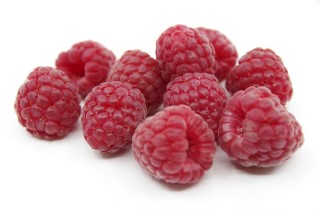 | Raspberries, frozen | � Store-bought frozen raspberries may only be purchased for purposes of blending thoroughly, to produce smoothies and the like. See Pureeing Policy for details on pureeing. | �5728233 | Fruits | |
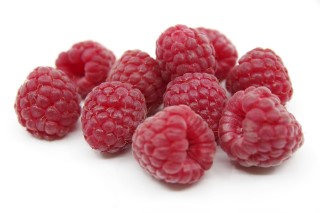 | Raspberries, canned | Requires Certification � | �5728235 | Fruits | |
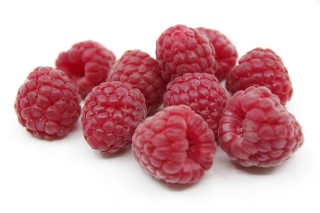 | Raspberries, dried | Requires Certification Needs to be checked for insect infestation. | �5728236 | Fruits | |
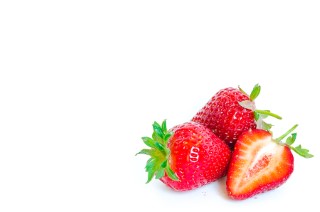 | Strawberries, fresh | � The cRc (Chicago Rabbinical Council) has been finding a high occurrence of insects in strawberries, including in hydroponically grown strawberries. We recommend the following method to clean the strawberries from insects:
1) Cut or pluck off green tops.
2) Place strawberries into a bowl of soapy water and strongly swish them around for about a minute. Water should be approximately the ratio of 8 cups of water to 1 tablespoon of (a non fragranced) dish soap.
3) Remove soapy strawberries and place them into a bowl of plain water. Swish around for about 30 seconds to a minute.
4) Remove strawberries and place them into a new bowl of soapy water (see above for amount of soap) and swish them around again for about 30 seconds to a minute.
5) Rinse and enjoy.
Please note that this does not apply to organic strawberries that are very difficult to get cleaned and therefore should be avoided at this time. Of course, if one wants to avoid the above steps, one can eat the strawberries (even organic) by simply cutting off the tops and peeling off the entire outside of the strawberries, followed by a rinse.
See Pureeing Policy for details on pureeing. | strawberry, hydroponic5728237 | Fruits | |
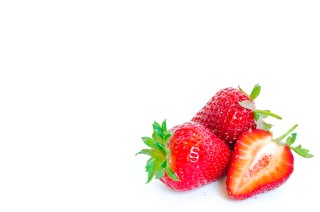 | Strawberries, frozen | � cRc does not recommend frozen strawberries, even with hashgacha, unless the certification clearly states it is bug-free. However, any brand of industrially frozen strawberries may be purchased if they will be used in pureed products such as smoothies. If one wishes to eat non-organic frozen strawberries, the following is an approved method to clean them: 1) place them in water until defrosted 2) add a generous amount of soap or kosher veggie wash 3) agitate them for 20 to 30 seconds 4) rinse off with plain water.
See Pureeing Policy for details on pureeing. | strawberry, pureeing5728238 | Fruits | |
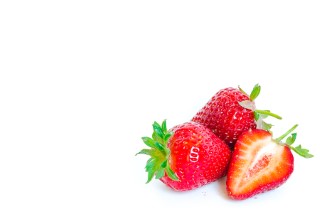 | Strawberries, canned | Requires Certification � | strawberry5728239 | Fruits | |
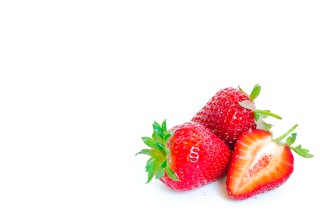 | Strawberries, dried | Requires Certification � | strawberry5728240 | Fruits | |
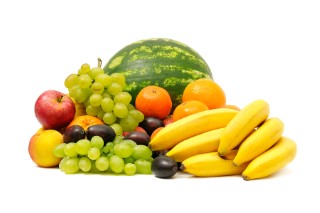 | Fruits, fresh | � Unless otherwise listed, all fresh fruits are recommended without a hechsher | �5728241 | Fruits | |
 | Grapes | Acceptable Without a Hechsher Separate the large bunch of grapes into 3 or 4 smaller bunches and rinse under cold water. | �5728242 | Fruits | |
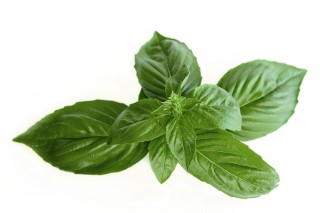 | Basil, fresh | � Use cRc cleaning thrip-cloth method. For details on this method, see here | herbs, spices,5728637 | Herbs & Spices | |
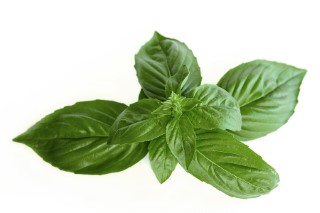 | Basil leaves, dried, including whole or crushed | Acceptable Without a Hechsher Does not require hashgacha with no added kosher sensitive ingredients, and no inspection for insects is needed. | herbs, spices,5728638 | Herbs & Spices | |
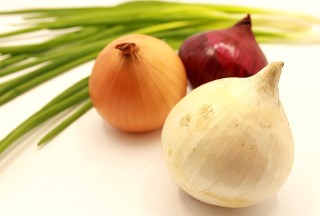 | Onions, frozen | Acceptable Without a Hechsher � | �5728657 | Vegetables | |
 | Dragon fruit | � A general inspection is required to rule out obvious insect infestation | �5728851 | Fruits | |
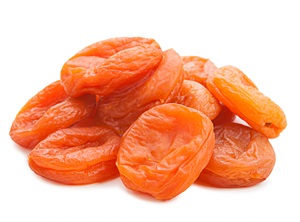 | Apricots, dried | Acceptable Without a Hechsher Acceptable only with no additional flavors | �5729023 | Fruits | |
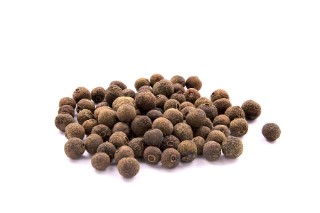 | Allspice | Acceptable Without a Hechsher Whole and ground are acceptable | herbs spices5729158 | Herbs & Spices | |
 | Anise | Acceptable Without a Hechsher Includes whole seeds and ground | herb spice5729159 | Herbs & Spices | |
 | Annatto, ground | Acceptable Without a Hechsher � | herbs spice5729160 | Herbs & Spices | |
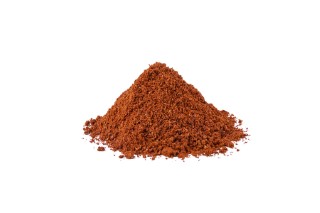 | Apple pie spice | � If all the ingredients included in the blend do not need a hechsher, the blend itself will be acceptable as well | herbs spices5729161 | Herbs & Spices | |
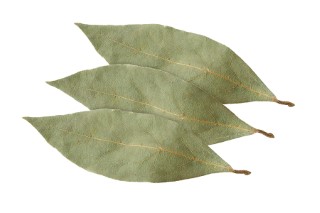 | Bay leaves, dried | Acceptable Without a Hechsher Whole and crushed are included | herbs, spices5729162 | Herbs & Spices | |
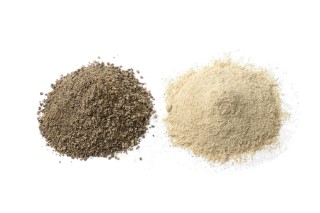 | Pepper, ground: black, red or white | Acceptable Without a Hechsher � | herbs spices5729163 | Herbs & Spices | |
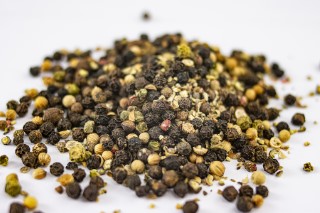 | Peppercorns, whole | Acceptable Without a Hechsher � | herbs spices5729164 | Herbs & Spices | |
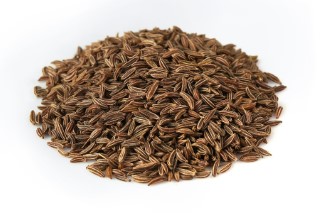 | Caraway seed | Acceptable Without a Hechsher � | herbs spices5729165 | Herbs & Spices | |
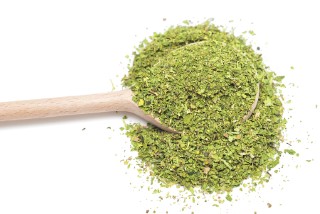 | Celery flakes, dried | Acceptable Without a Hechsher � | herbs spices5729166 | Herbs & Spices | |
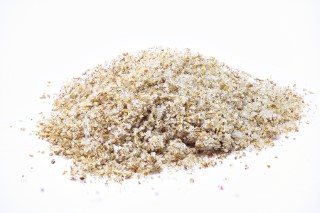 | Celery salt | Acceptable Without a Hechsher � | herb spice5729167 | Herbs & Spices | |
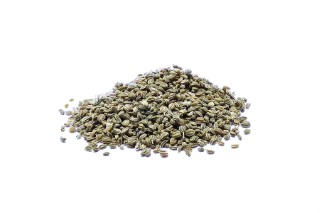 | Celery seed | Acceptable Without a Hechsher � | herb spice5729168 | Herbs & Spices | |
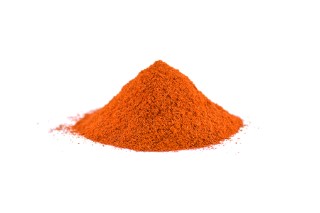 | Chili Powder | � If all the ingredients included in the blend do not need a hechsher, the blend itself will be acceptable as well. | herbs spices5729169 | Herbs & Spices | |
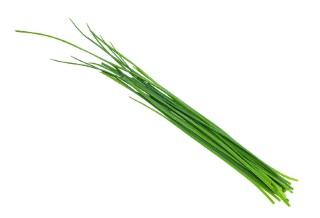 | Chives, dried | Acceptable Without a Hechsher � | herbs spices5729170 | Herbs & Spices | |
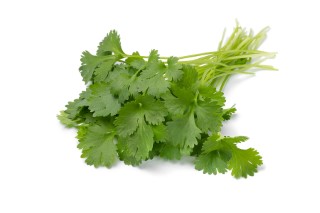 | Cilantro, dried | Acceptable Without a Hechsher � | herbs spices5729171 | Herbs & Spices | |
 | Cinnamon, ground or sticks | Acceptable Without a Hechsher � | herb spice5729172 | Herbs & Spices | |
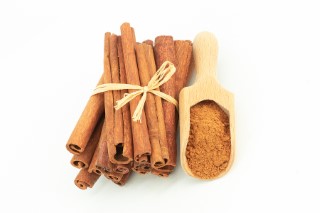 | Cinnamon Sugar | � If all the ingredients included in the blend do not need a hechsher, the blend itself will be acceptable as well | herb spices5729173 | Herbs & Spices | |
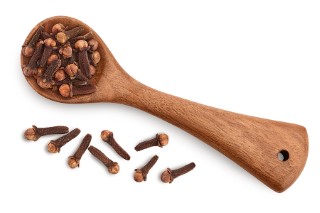 | Cloves, ground or whole | Acceptable Without a Hechsher � | herbs spices5729174 | Herbs & Spices | |
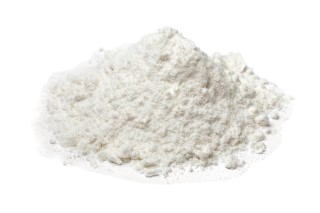 | Cream of tartar | Acceptable Without a Hechsher � | herbs spices5729175 | Herbs & Spices | |
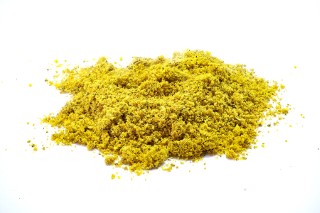 | Curry powder | � If all the ingredients included in the blend do not need a hechsher, the blend itself will be acceptable as well | herb spices5729177 | Herbs & Spices | |
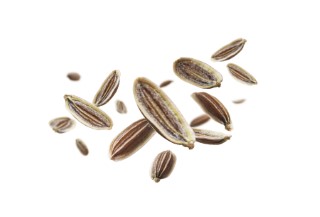 | Dill seed | Acceptable Without a Hechsher � | herb spice5729178 | Herbs & Spices | |
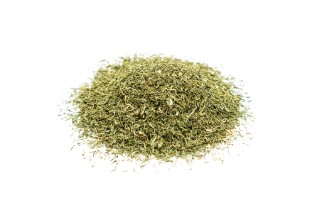 | Dill weed, dried | Acceptable Without a Hechsher � | herb spice5729179 | Herbs & Spices | |
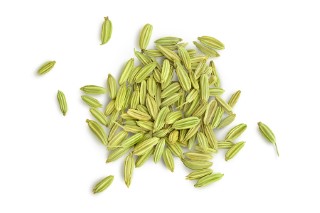 | Fennel seed | Acceptable Without a Hechsher � | herb Spice5729180 | Herbs & Spices | |
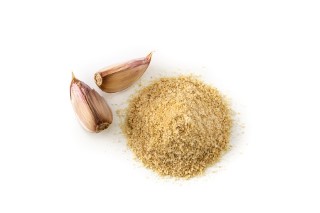 | Garlic salt | See Detail If all the ingredients included in the blend do not need a hechsher, the blend itself will be acceptable as well | herbs, spices5729181 | Herbs & Spices | |
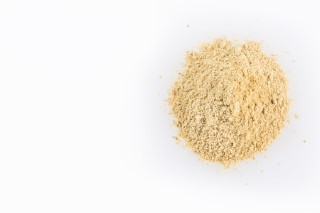 | Ginger, ground | Acceptable Without a Hechsher � | herbs spices5729182 | Herbs & Spices | |
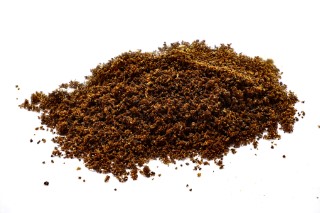 | Gingerbread spice | � If all the ingredients included in the blend do not need a hechsher, the blend itself will be acceptable as well | herbs spices5729183 | Herbs & Spices | |
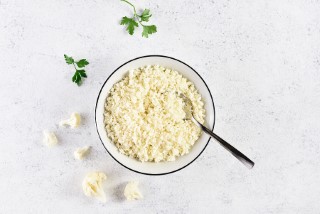 | Cauliflower, riced (Raw, commercially produced) | � Only commercially sold frozen riced cauliflower that is raw, plain and was pre washed after being riced, is permitted to be used without certification. The cRc has determined that frozen plain riced cauliflower from Birdseye and Green Giant meet this criteria and are acceptable at this time.
NOTE: For the frozen plain organic variety of these brands, for Trader Joe's brand (frozen, plain, organic), and for fresh riced cauliflower, including organic: Soak in water mixed with a bit of soap or veggie wash, agitate for 30 seconds and rinse in a strainer. | �5729837 | Vegetables | |
 | Mushrooms, Baby bella | � Wash well before use. | by portobello, mini bella, crimini, Italian brown mushrooms5729990 | Vegetables | |
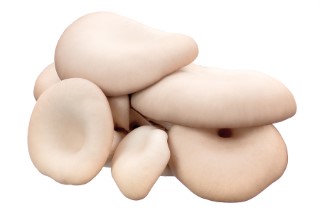 | Mushrooms, oyster | Not Recommended Due to insect concerns | �5730014 | Vegetables | |
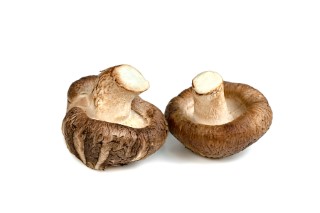 | Mushrooms, shitake | � Wash well before use | �5730015 | Vegetables | |
 | Bell peppers, frozen | � Acceptable without certification if there are no added kosher sensitive ingredients. | �5730026 | Vegetables | |
 | Caulilini (baby cauliflower) | � Use cRc cleaning thrip-cloth method For details on this method, see here | �5730027 | Vegetables | |
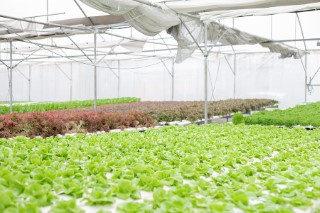 | Lettuce, hydroponically grown | � Use cRc cleaning thrip-cloth method. One does not need to pre-wash the produce before checking For details on this method, see here | hydroponic, hydriponic5730031 | Vegetables | |
 | Escarole | � Use cRc cleaning thrip-cloth method For details on this method, see here | �5730056 | Vegetables | |
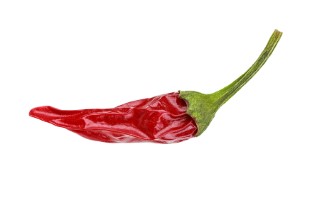 | Chipotle Peppers | Requires Certification "Chipotle Peppers" are Jalapeno peppers which have been smoked and dried, and require hashgachah to guarantee that the smoking equipment is not used for non-kosher items | chipotle pepper powder, smoked peppers, dried peppers, smoked chiptle peoppers5730062 | Vegetables | |
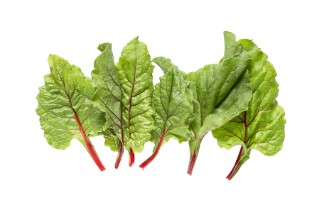 | Chard, all varieties (Swiss Chard) | � Use cRc cleaning thrip-cloth method For details on this method, see here | �5730065 | Vegetables | |
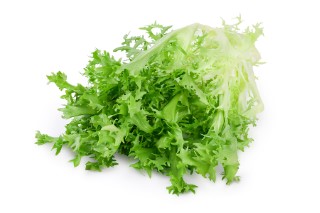 | Frisee | � Use cRc cleaning thrip-cloth method For details on this method, see here | �5730066 | Vegetables | |
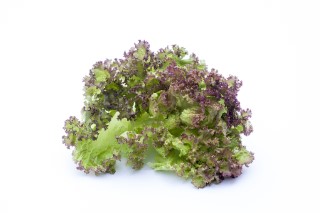 | Red Leaf Lettuce | � Use cRc cleaning thrip-cloth method. For details on this method, see here | �5730067 | Vegetables | |
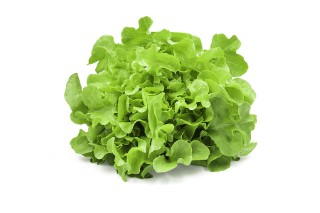 | Oak Leaf Lettuce | � Use cRc cleaning thrip-cloth method. For details on this method, see here | �5730068 | Vegetables | |
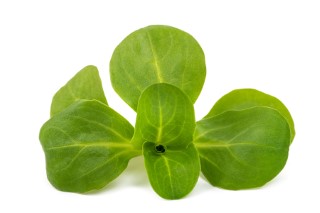 | Mache Lettuce | � Use cRc cleaning thrip-cloth method For details on this method, see here | �5730069 | Vegetables | |
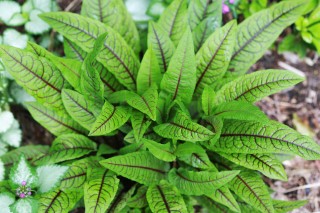 | French Sorrel | � Use cRc cleaning thrip-cloth method For details on this method, see here | �5730070 | Vegetables | |
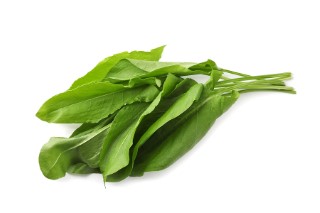 | Sorrel | � Use cRc cleaning thrip-cloth method For details on this method, see here | �5730071 | Vegetables | |
 | Chinese Cabbage | � Use cRc cleaning thrip-cloth method For details on this method, see here | �5730072 | Vegetables | |
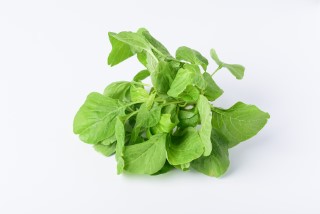 | Amaranth Leaves | � Use cRc cleaning thrip-cloth method For details on this method, see here | �5730073 | Vegetables | |
 | Corn Salad Greens | � Use cRc cleaning thrip-cloth method For details on this method, see here | �5730074 | Vegetables | |
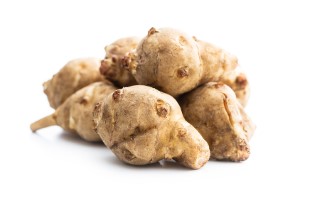 | Sunchokes (Jerusalem Artichokes) | � A general inspection is needed to rule out obvious infestation. | �5730075 | Vegetables | |
 | Thyme, fresh | � Use cRc cleaning thrip-cloth method. For details on this method, see here | �5730078 | Herbs & Spices | |
 | Herbs, homegrown even indoors | � Use cRc cleaning thrip-cloth method. For details on this method, see here | kitchen, inside, dill, rosemary, basil, thyme, parsley, mint, chives, coriander, lavendar5730081 | Herbs & Spices | |
 | Acai Berries, pureed | � Acceptable without certification if no questionable additives are added. See Questionable Additives | �5730139 | Fruits | |
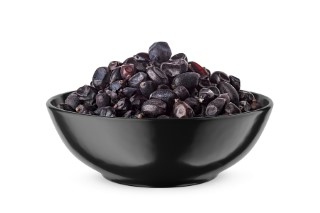 | Barberries, dried | Not Recommended Not recommended even with a hechsher due to infestation. | barberry5730180 | Fruits | |
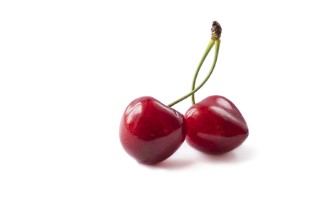 | Cherries, frozen | Acceptable Without a Hechsher In general, plain raw/fresh fruit (including frozen and purees) is acceptable without hashgachah, unless it (a) contains kosher-sensitive ingredients, (b) comes from Israel, or (c) is infested. [Cherries are not infested. To see if other fruits are infested, search for that specific fruit.] Most dehydrated fruit is acceptable from any source, with some exceptions including apples, bananas, raisins, and cranberries. Fruit which is pickled (e.g., olives) or freeze-dried requires certification. | cherry5730182 | Fruits | |
 | Cherries, fresh | Acceptable Without a Hechsher Does not need to be checked for insect infestation. | �5730186 | Fruits | |
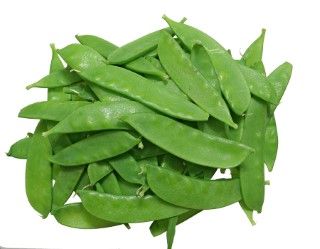 | Sugar Snap Peas, fresh, prewashed | See Detail Soak and agitate in soapy water for 30 seconds. Remove sugar snap peas, and discard water. Then soak and agitate in plain water for 30 seconds. | sugarsnap, pea pods, peapods5730189 | Vegetables | |
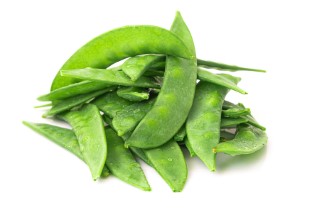 | Snow Peas, fresh, prewashed | See Detail Soak and agitate in soapy water for 30 seconds. Remove peas, and discard water. Then soak and agitate in plain water for 30 seconds. | pea pods, peapods5730190 | Vegetables | |
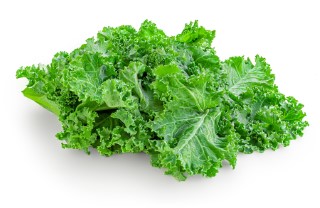 | Kale, frozen | � Must have a reliable kosher certification. It is very impractical and close to impossible for the average consumer to properly check frozen kale.
See Pureeing Policy for details on pureeing. | �5730192 | Vegetables | |
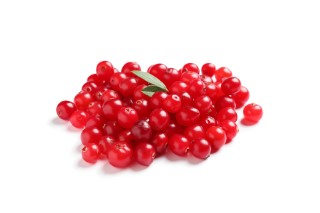 | Cranberries, fresh | Acceptable Without a Hechsher � | �5730216 | Fruits | |
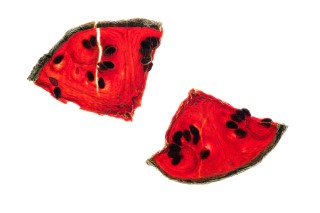 | Watermelon, dried, unsweetened | Requires Certification � | watermelons, dry5730218 | Fruits | |
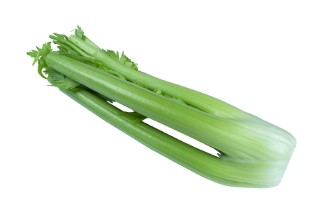 | Celery Hearts, organic | See Detail For non-pureeing purposes: Place into a bowl of soapy water, lightly agitate the water. Take each stalk of celery (individually) and wash front and back under running water.
For pureeing purposes: Put into a bowl of soapy water, agitate the water, rinse, and puree. | �5730237 | Vegetables | |
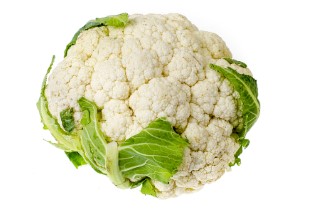 | Cauliflower, canned or jarred | Requires Certification � | �5730240 | Vegetables | |
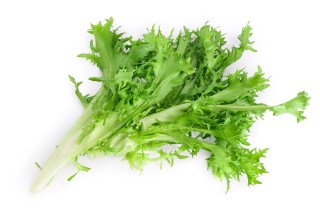 | Endives, fresh | � Use cRc cleaning thrip-cloth method. For details on this method, see here | �5730268 | Vegetables | |
 | Sugar Snap Peas, frozen (IQF) | See Detail Soak and agitate in soapy water for 30 seconds. Remove sugar snap peas, and discard water. Then soak and agitate in plain water for 30 seconds. | sugarsnap5730269 | Vegetables | |
 | Sugar Snap Peas, fresh, loose (not prewashed) | See Detail Use cRc cleaning thrip-cloth method. For details on this method, see here | sugarsnap5730270 | Vegetables | |
 | Snow Peas, frozen (IQF) | See Detail Soak and agitate in soapy water for 30 seconds. Remove peas, and discard water. Then soak and agitate in plain water for 30 seconds. | �5730271 | Vegetables | |
 | Snow Peas, fresh, loose (not prewashed) | See Detail Use cRc cleaning thrip-cloth method. For details on this method, see here | �5730272 | Vegetables | |
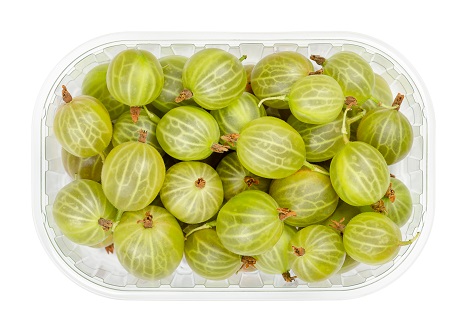 | Gooseberries, fresh | Recommended No checking required | gooseberry5730274 | Fruits | |
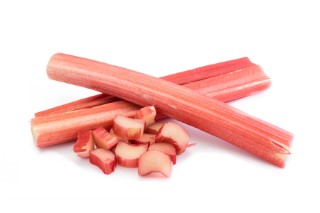 | Rhubarb, frozen | � Recommended without hashgacha if no other kosher sensitive ingredients are added. | �5730290 | Vegetables | |
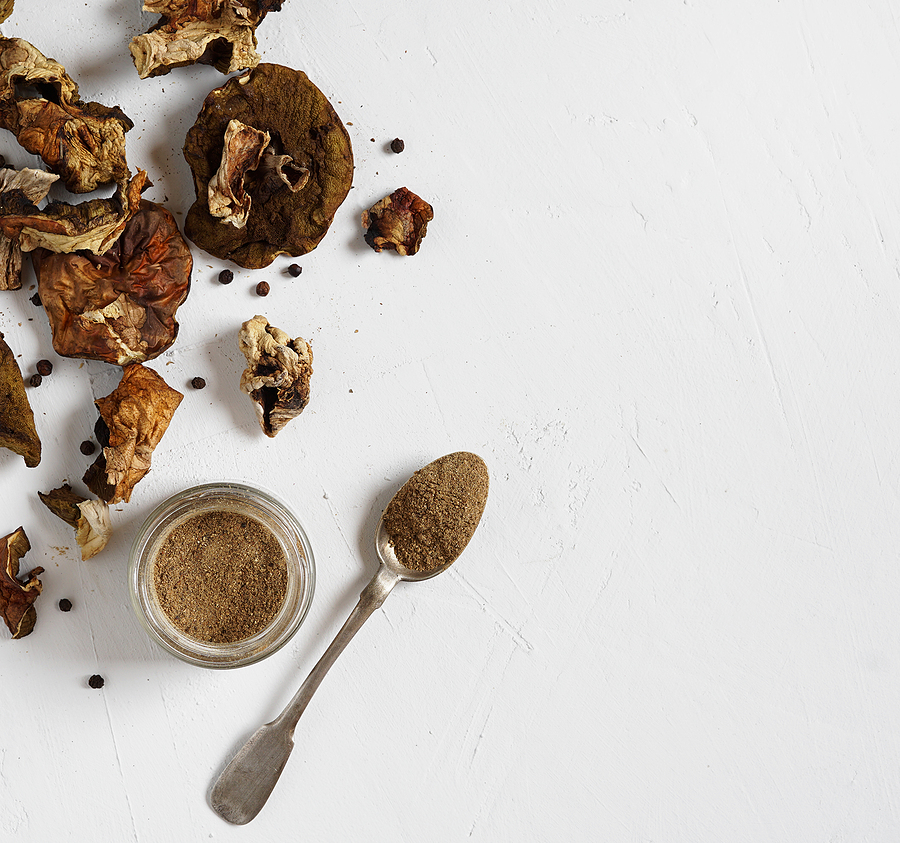 | Porcini mushroom powder | Acceptable Without a Hechsher � | powdered5730293 | Vegetables | |
 | String beans, frozen | Acceptable Without a Hechsher � | green beans5730297 | Vegetables | |
 | Bell Peppers, Fresh | See Detail All bell peppers must have the crown/stem area removed and the rest of the outside of the pepper be rinsed and rubbed (especially in the grooves) under running water. This is true for mini peppers as well. They may not be roasted whole. The crown/stem area must be chopped off, and then washed and rubbed very well.
Be alert for peppers from Israel, which require separation of terumah and ma'aser. | mini5730298 | Vegetables | |
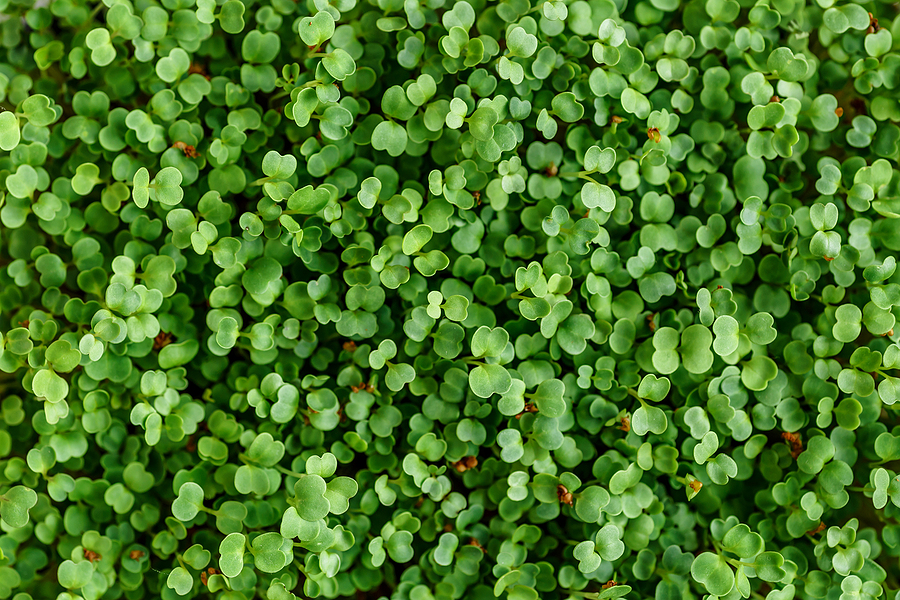 | Microgreens | � Use cRc cleaning thrip-cloth method For details on this method, see here | �5730335 | Vegetables | |
 | Fennel, Fronds | See Detail Check with the thrip cloth method. For details on this method, see here | �5730343 | Vegetables | |
 | Fennel, stalks | See Detail Wash each stalk under a stream of water. | �5730344 | Vegetables | |
 | Fennel, bulb | See Detail Either check carefully between each layer, or wash each layer off individually. | �5730345 | Vegetables | |
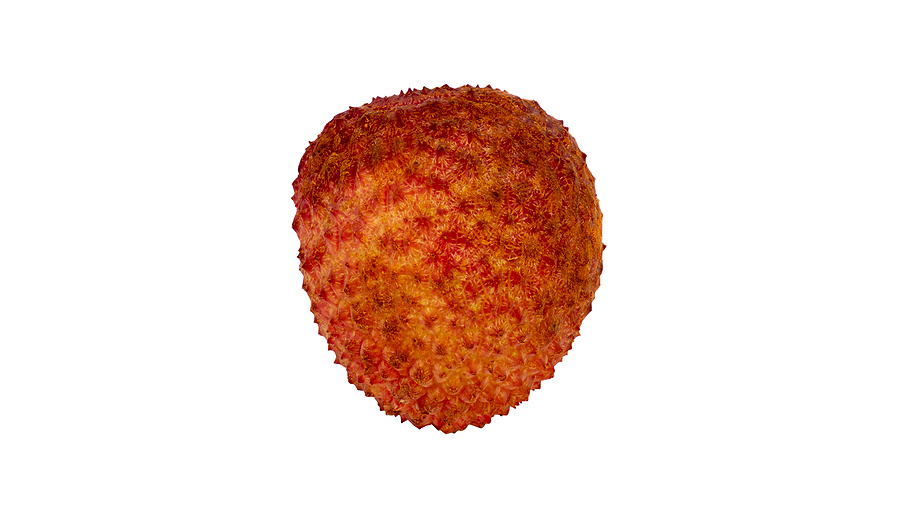 | Lychees, dried | Acceptable Without a Hechsher Acceptable only with no additional flavors | �5730346 | Fruits | |
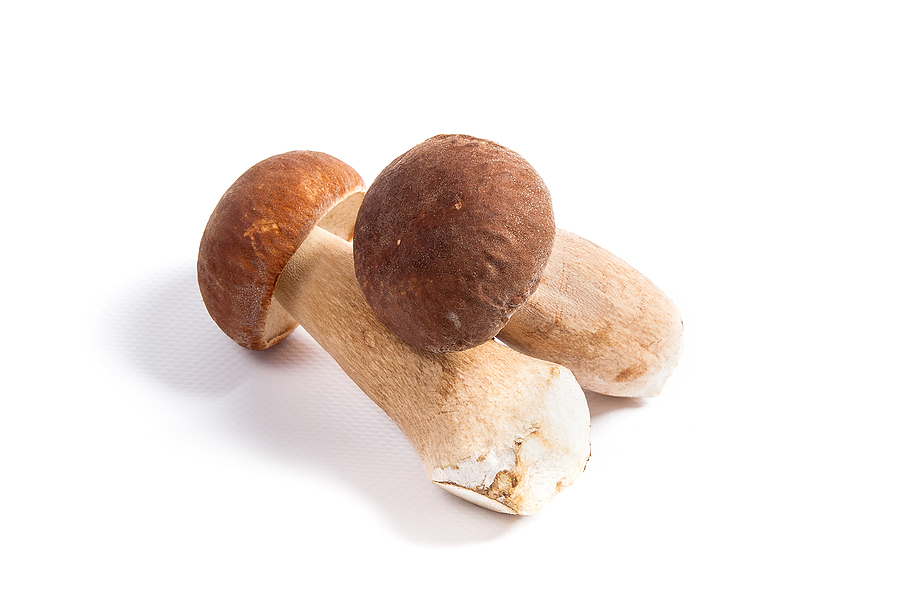 | Mushrooms, Porcini | Not Recommended Due to insect concerns | �5730347 | Vegetables | |
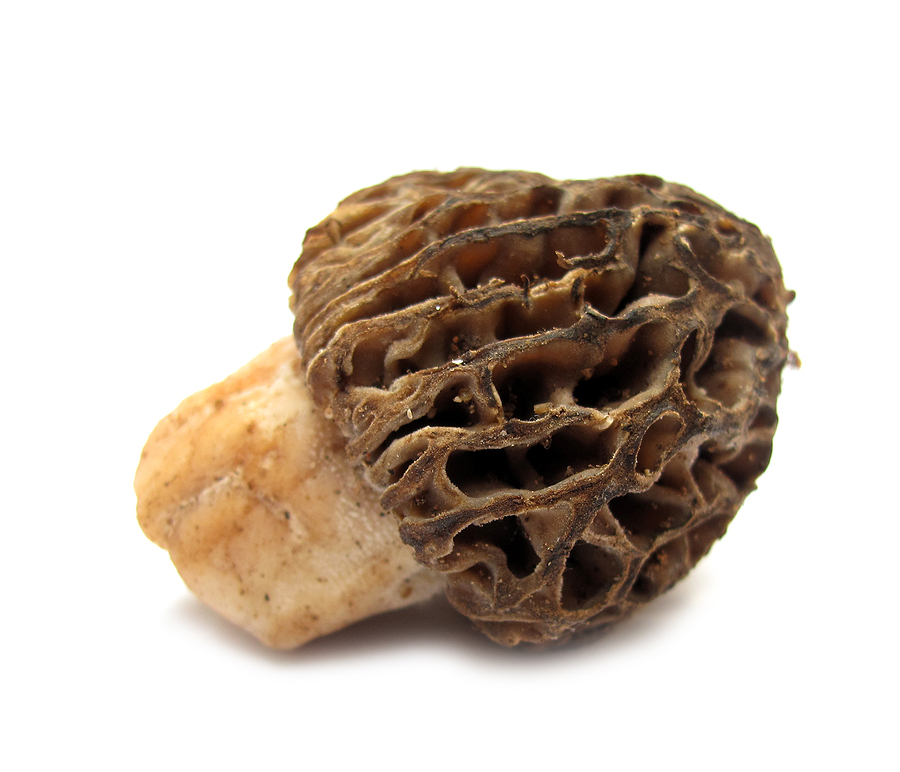 | Mushrooms, Morel | Not Recommended Due to insect concerns | �5730348 | Vegetables | |
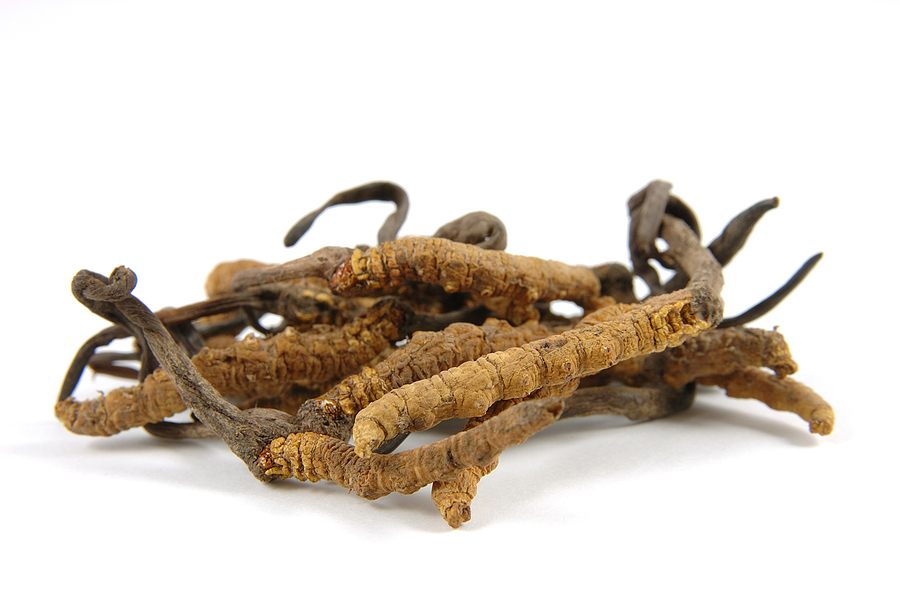 | Cordyceps | Not Recommended � | cordycepts, mushrooms, cordiceps5730349 | Vegetables | |
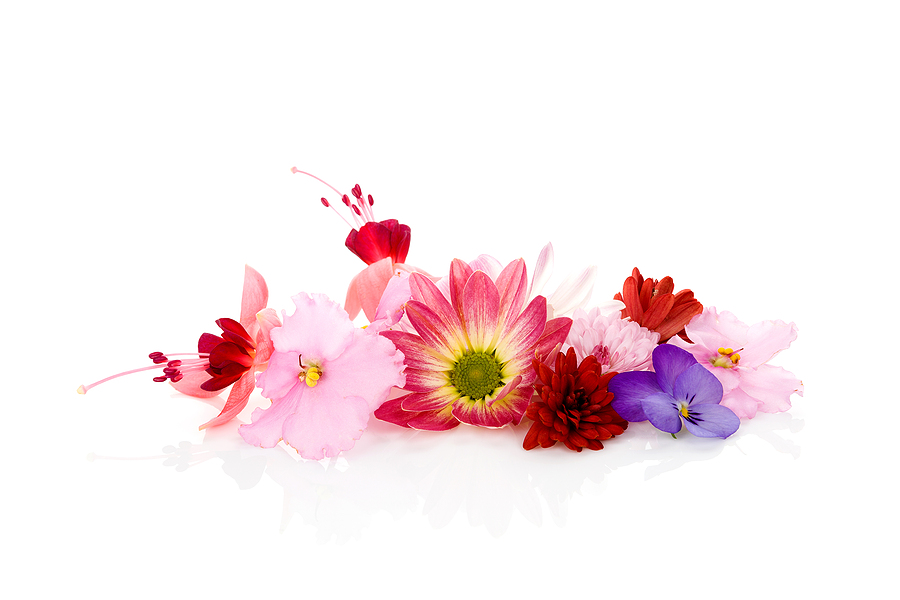 | Flowers, Edible | Not Recommended � | �5730372 | Herbs & Spices | |
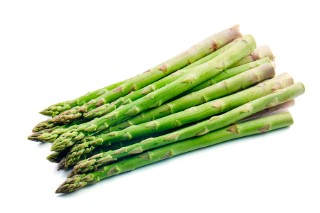 | Asparagus, Green, Frozen | Requires Certification Any frozen non-organic asparagus may be used without certification if the following procedures are followed: Cut off the tips and discard them. Then either peel the entire sides of the asparagus or remove all the triangular side leaves and wash well.
See Pureeing Policy for details on pureeing. | �5730507 | Vegetables | |
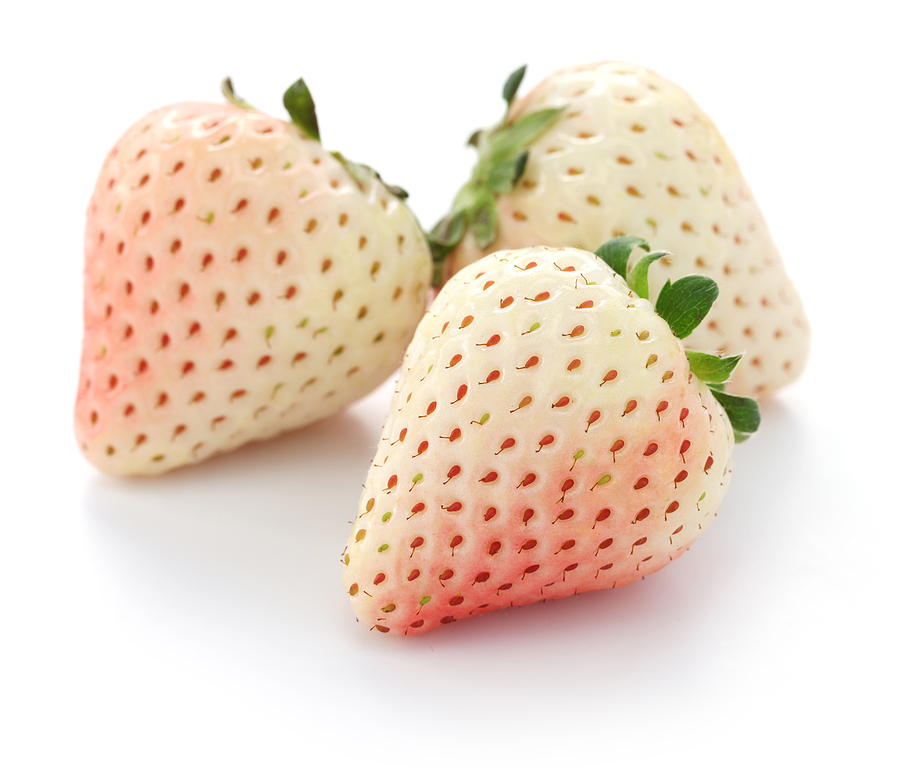 | Pineberries | � Due to the high occurrence of insects in pineberries, including in hydroponically grown pineberries. We recommend the following method to clean the pineberries from insects:
1) Cut off tops (try to avoid making a hole);
2) Soak and occasionally agitate pineberries in soapy water (do not substitute with vegetable wash) using a concentrated solution of approximately one tablespoon of dishwashing liquid mixed together with no more than 8 cups of water for 2 minutes. (We have found Seventh Generation Non-Fragrance Natural Dish Liquid Soap to be the ideal soap for those who are concerned about a "soapy aftertaste");
3) Rub each pineberry thoroughly under a stream of cold water with hand (or preferably with a bristled brush like a toothbrush);
4) Soak and agitate pineberries a second time for 2 minutes in new soapy water with the same ratio as above;
5) Rinse pineberries.
Once all five steps are done you may enjoy the pineberries without further inspection. Please note that this does not apply to organic pineberries that are very difficult to get cleaned and therefore should be avoided at this time. Of course, if one wants to avoid the above steps, one can eat the pineberries (even organic) by simply cutting off the tops and peeling off the entire outside of the pineberries, followed by a rinse. | pineberry, hydroponics5730525 | Fruits | |
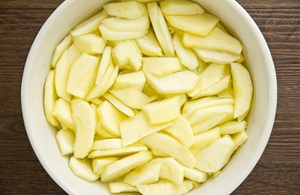 | Apples, peeled, fresh | � Acceptable without hashgachah if there are no questionable additives. In this case, citric acid and ascorbic acid should not be considered "questionable additives", and their presence does not compromise the status of the fruit.
See Questionable Additives for more details. | �5730546 | Fruits | |
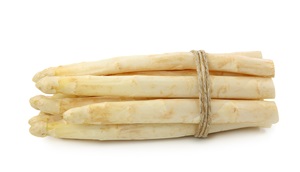 | Asparagus, White, fresh | � Rinse well. | �5730602 | Vegetables | |
| Durian, dried | Acceptable Without a Hechsher Acceptable only with no additional flavors | �5730832 | � | ||
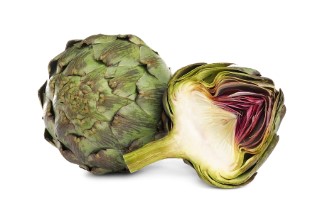 | Artichoke hearts, frozen | Requires Certification � | �5731763 | Vegetables | |
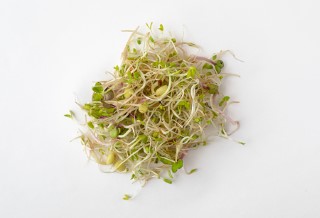 | Alfalfa Sprouts | Acceptable Without a Hechsher A general inspection is needed to rule out obvious infestation. | �5731767 | Vegetables | |
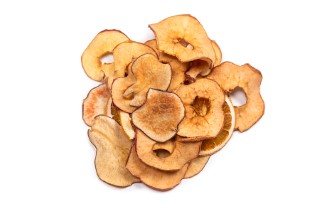 | Apples, dried | Requires Certification Does not need to be checked for insect infestation | �5731768 | Fruits | |
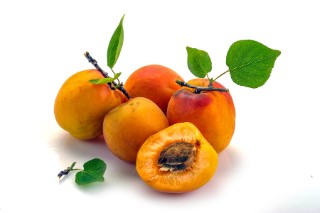 | Apricots | Acceptable Without a Hechsher Does not need to be checked for insect infestation | �5731769 | Fruits | |
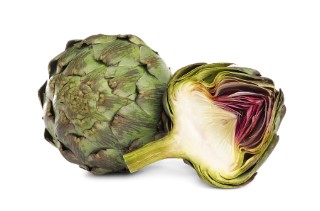 | Artichokes, whole, fresh | Requires Certification Fresh and frozen artichoke bottoms do not require certification. | artichoke hearts bottoms5731770 | Vegetables | |
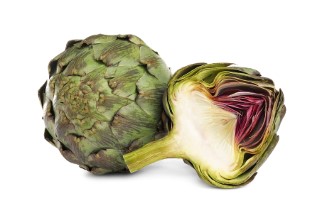 | Artichokes, whole, frozen | Requires Certification Fresh and frozen artichoke bottoms do not require certification. | artichoke hearts bottoms5731771 | Vegetables | |
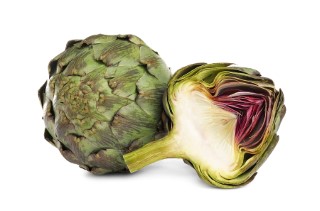 | Artichokes, canned | Requires Certification Fresh and frozen artichoke bottoms do not require certification. | artichoke hearts bottoms5731772 | Vegetables | |
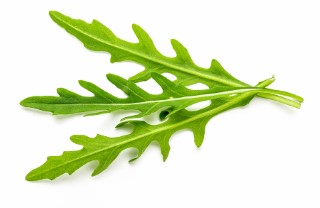 | Arugula | � Use cRc cleaning thrip-cloth method For details on this method, see here | �5731773 | Vegetables | |
 | Asparagus, Green | � Fresh asparagus must have the tips cut off and discarded. One should either peel the entire sides of the asparagus or remove all the triangular side leaves and wash well. Canned are permissible only with a reliable kosher certification. Frozen are only permissible with reliable kosher certification or if one follows the steps above.
See Pureeing Policy for details on pureeing. | �5731774 | Vegetables | |
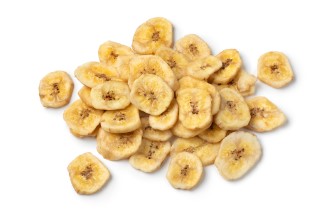 | Banana, dried | Requires Certification Does not need to be checked for insect infestation | �5731775 | Vegetables | |
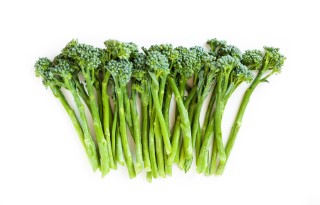 | Baby Broccoli (Broccolini) | � Use cRc cleaning thrip-cloth method For details on this method, see here | brocoli, broccolli, broccoli, brocolli5731776 | Vegetables | |
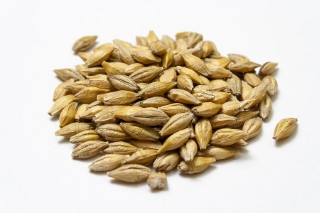 | Barley, raw | Acceptable Without a Hechsher Barley may become infested at the food warehouse, retail store, or even one's own home due to prevailing conditions such as humidity, temperature and other insect infestation. As such, one should make a cursory inspection of the barley before purchasing (if possible) and before use, the barley should be placed in a bowl of cold water for a short time to remove any possible insects | �5731777 | Vegetables | |
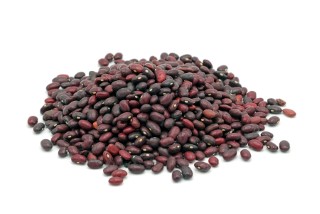 | Beans, canned | Requires Certification � | garbanzo, chickpeas, kidney, navy, black, green, cannelini5731778 | Vegetables | |
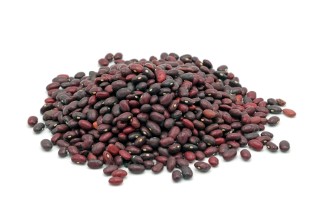 | Beans, raw, dry | Acceptable Without a Hechsher Beans processed in the United States and most other countries are centrifuged to remove bugs. As long as beans are stored in cool and dry conditions they will remain bug-free for many months. For this reason, there is no need to check beans for insect infestation in the United States. For beans in another country, or if you have reason to believe the beans may not have been stored properly, further inspection for insects may be required. | �5731779 | Vegetables | |
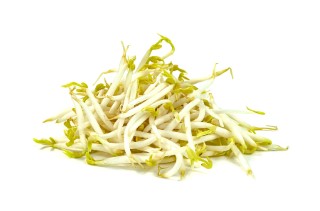 | Bean Sprouts, fresh | Acceptable Without a Hechsher A general inspection is needed to rule out obvious infestation. | �5731780 | Vegetables | |
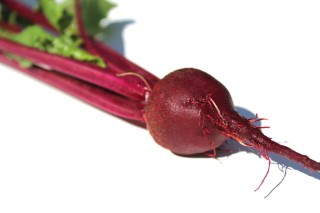 | Beets, raw | Acceptable Without a Hechsher A general inspection is needed to rule out obvious infestation. | �5731781 | Vegetables | |
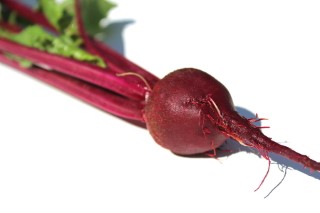 | Beets, cooked | Requires Certification � | �5731782 | Vegetables | |
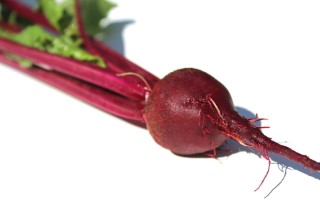 | Beets, canned or jarred | Requires Certification � | �5731783 | Vegetables | |
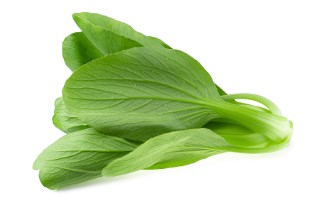 | Bok Choy | � Use cRc cleaning thrip-cloth method For details on this method, see here | �5731784 | Vegetables | |
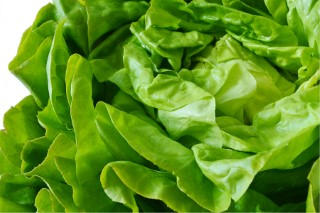 | Lettuce, Boston | � Use cRc cleaning thrip-cloth method. For details on this method, see here | �5731785 | Vegetables | |
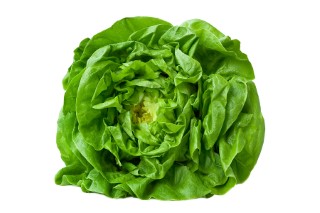 | Lettuce, butter | � Use cRc cleaning thrip-cloth method For details on this method, see here | �5731787 | Vegetables | |
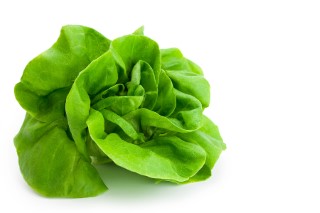 | Lettuce, bib | � Use cRc cleaning thrip-cloth method For details on this method, see here | �5731788 | Vegetables | |
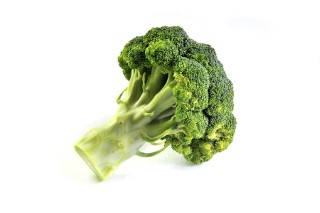 | Broccoli, fresh | Requires Certification It is very impractical and close to impossible for the average consumer to properly check fresh or frozen broccoli. It is therefore highly recommended that only product with a reliable hashgacha be used. Broccoli stems (no florets) may be used without checking after rinsing with water.
See Pureeing Policy for details on pureeing. | brocoli, broccolli, broccoli, brocolli5731789 | Vegetables | |
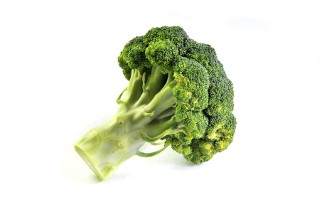 | Broccoli, frozen | Requires Certification It is very impractical and close to impossible for the average consumer to properly check fresh or frozen broccoli. It is therefore highly recommended that only product with a reliable hashgacha be used. Broccoli stems (no florets) may be used without checking after rinsing with water.
See Pureeing Policy for details on pureeing. | brocoli, broccolli, broccoli, brocolli5731790 | Vegetables | |
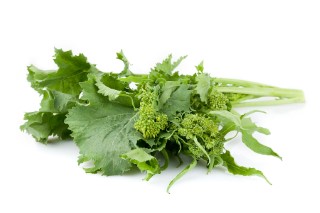 | Broccoli Rabe (Rapini) | � The leaves must be washed using the thrip cloth method. For details on this method, see here | brocoli, broccolli, broccoli, brocolli5731791 | Vegetables | |
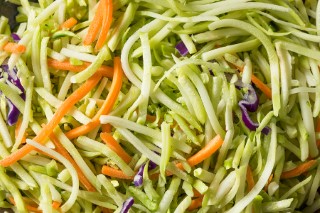 | Broccoli Slaw | � After months of research, the cRc continues to find a high amount of insect infestation in organic broccoli slaw. We therefore are no longer recommending using organic or non-organic broccoli slaw without a reliable hashgacha.
At this time, we recommend that broccoli slaw without a reliable hechsher only be used after it is first checked with the thrip cloth method. We will continue to check broccoli slaw and the factors causing such high infestation. Should the situation return back to normal, we will alert the public of the change. | Cole slaw, brocoli, Broccolli, brocolli, brocoli, broccolli, broccoli, brocolli5731792 | Vegetables | |
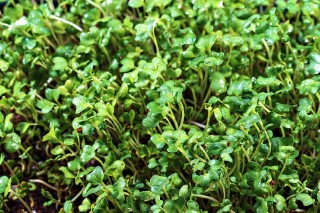 | Broccoli sprouts | Acceptable Without a Hechsher A general inspection is needed to rule out obvious infestation. | brocoli, broccolli, broccoli, brocolli5731793 | Vegetables | |
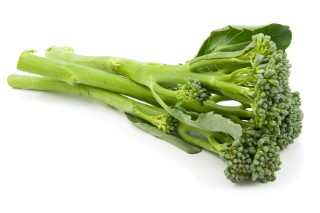 | Broccolini | � Use cRc cleaning thrip-cloth method For details on this method, see here | Broccalini brocolini brocollini brocolini, brocoli, broccolli, broccoli, brocolli5731794 | Vegetables | |
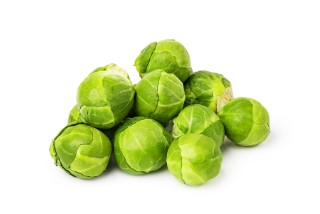 | Brussels Sprouts, fresh | � One who insists on eating brussels sprouts, may separate all the leaves, wash them in a bowl of soapy water and check them using the thrip cloth method. For details on this method, see here | �5731795 | Vegetables | |
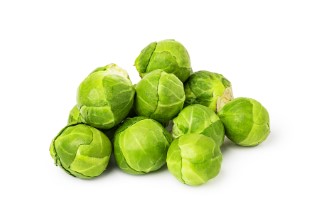 | Brussels Sprouts, frozen | Requires Certification � | �5731796 | Vegetables |
To purchase a Thrip Cloth, click here.
Questionable Additives:
The following is a partial list of sensitive additives, and kosher certification is required for any food which contains one of these ingredients: Aspartame, Carmine (used as a coloring agent), citrates (e.g. citric acid, sodium citrate), ethyl alcohol, flavors (natural or artificial), gelatin, glycerin, grape juice, gum Arabic, lactose, natural colors, oil, polysorbates (e.g. polysorbate 60), products of Israel, red cherries, stearates (e.g. stearic acid, magnesium stearate), vegetables which might be infested with bugs, and xanthan gum.